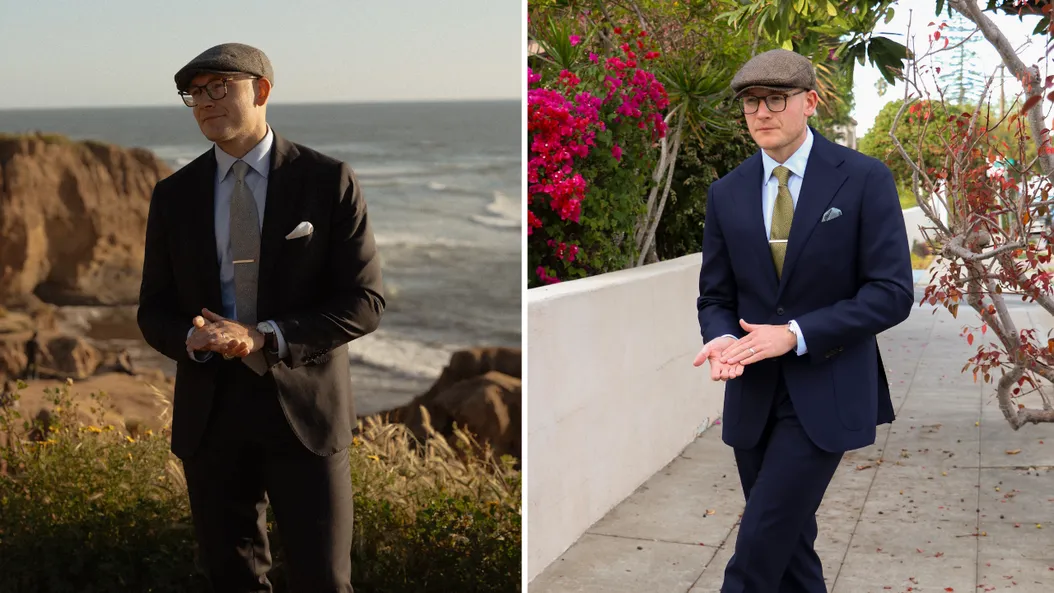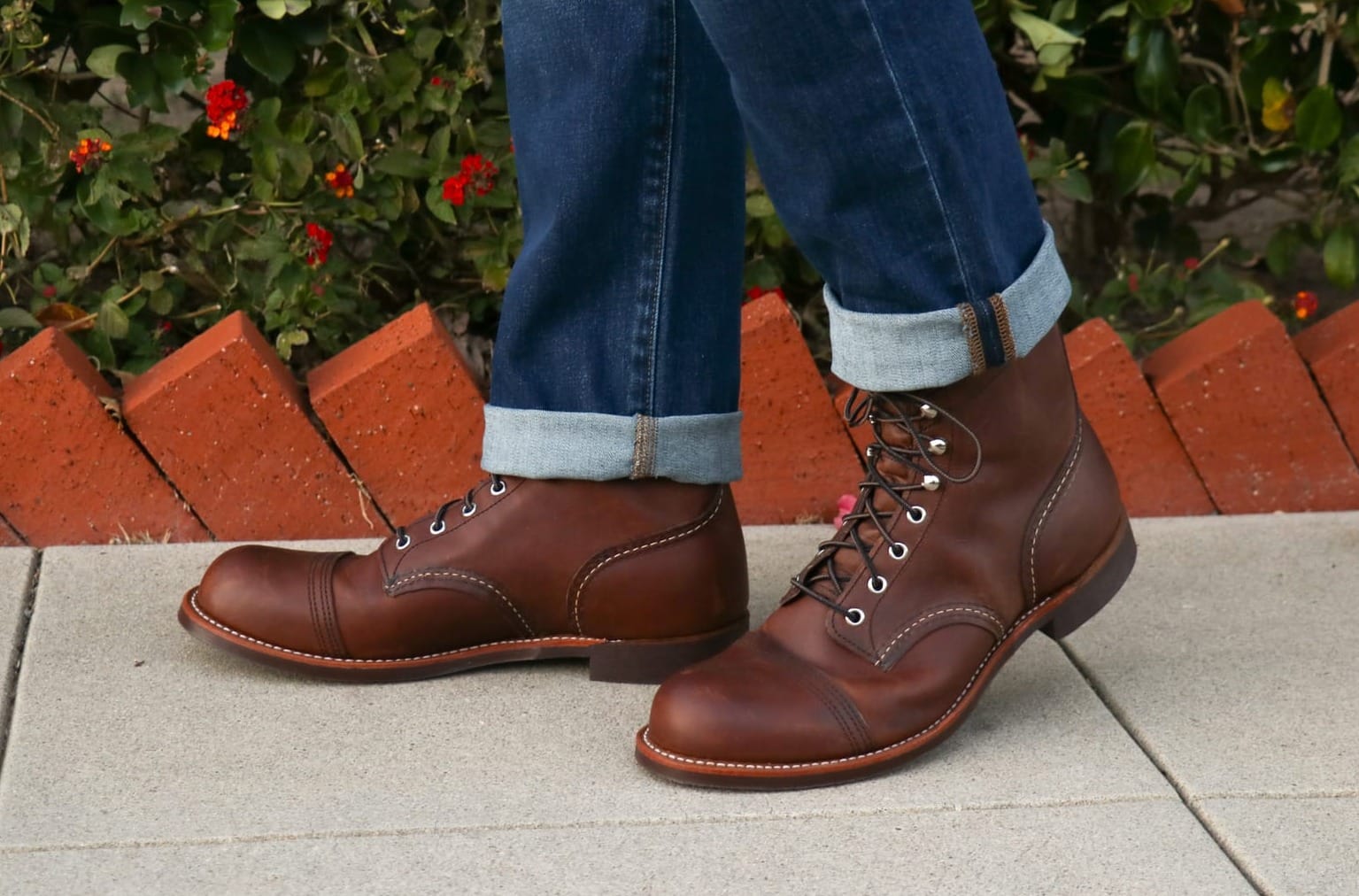
A good pair of boots is a staple in any man's wardrobe, whether you need them for the fall and winter seasons or want to expand your footwear collection. However, not all boots are created equal. Based on my personal experience, this article serves as a guide to the boot brands that I believe are worth the investment.
While I haven't tried every boot available, I have built a substantial collection over the years and have learned what makes a quality boot, as well as the financial implications of our choices. This guide features eight boot brands that I personally recommend and enjoy for various reasons.
While I have my preferences regarding style and construction, everything in this article reflects my personal opinion. Ultimately, it will be up to you—or the person you're buying for—to determine which boots will best meet your needs.
What I’m Omitting From This Guide
"FAST FASHION" BOOTS: ($)
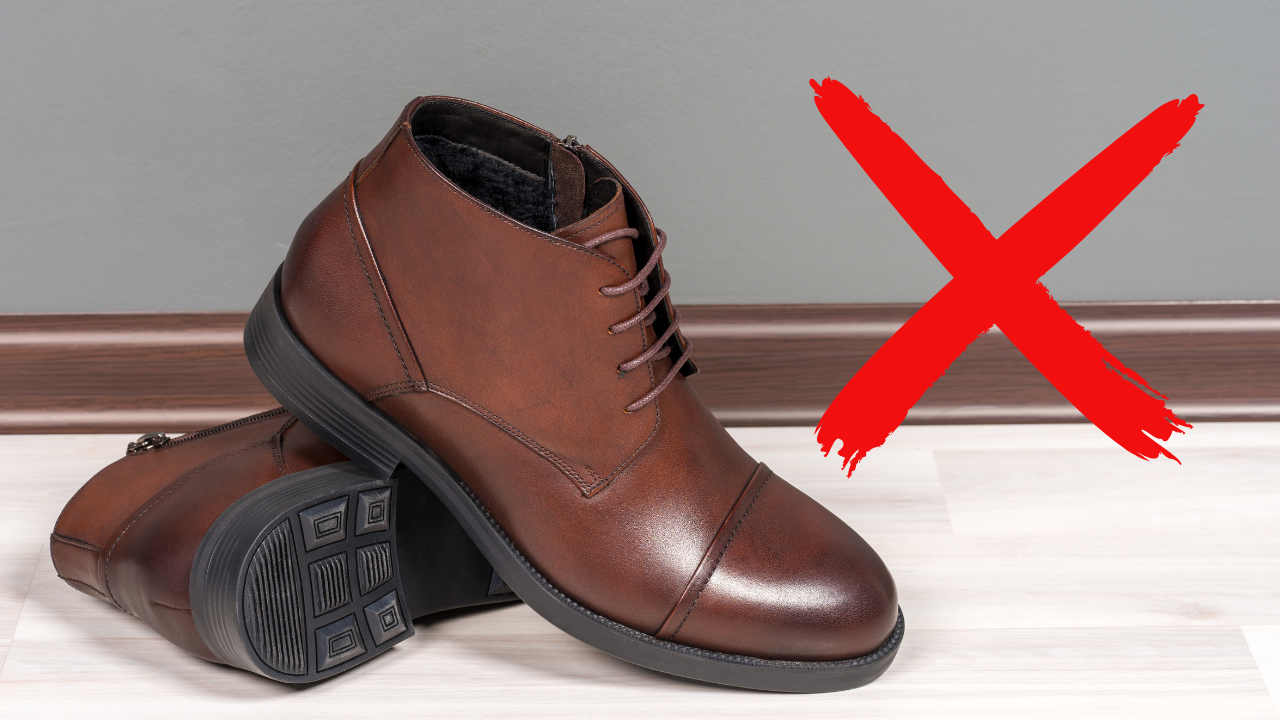
I won’t include any “fast-fashion” boots in this post, so anything priced at $100 or below will not be considered. I believe that quality menswear (and footwear) should be seen as an investment without causing financial strain.
If you’re not concerned about the quality or construction of your boots, that’s entirely up to you; however, please be aware that this guide focuses on mid-to-high(er) tier boot brands that are designed to stand the test of time in your wardrobe (with some brands performing better than others).
"LUXURY" BOOTS: ($$$$$)

On the other hand, I also believe that spending close to or over $1,000 on boots is not necessary to find a quality pair that will last for many years if properly cared for. Often, these high-priced boots aren't necessarily better made; they simply come from brands that impose a steep "luxury tax" due to their name and reputation.
I aim to ensure that all the boots listed here are accessible to most people, and I hope you will feel the same way by the end of this guide.
What Makes a "Good" Boot?
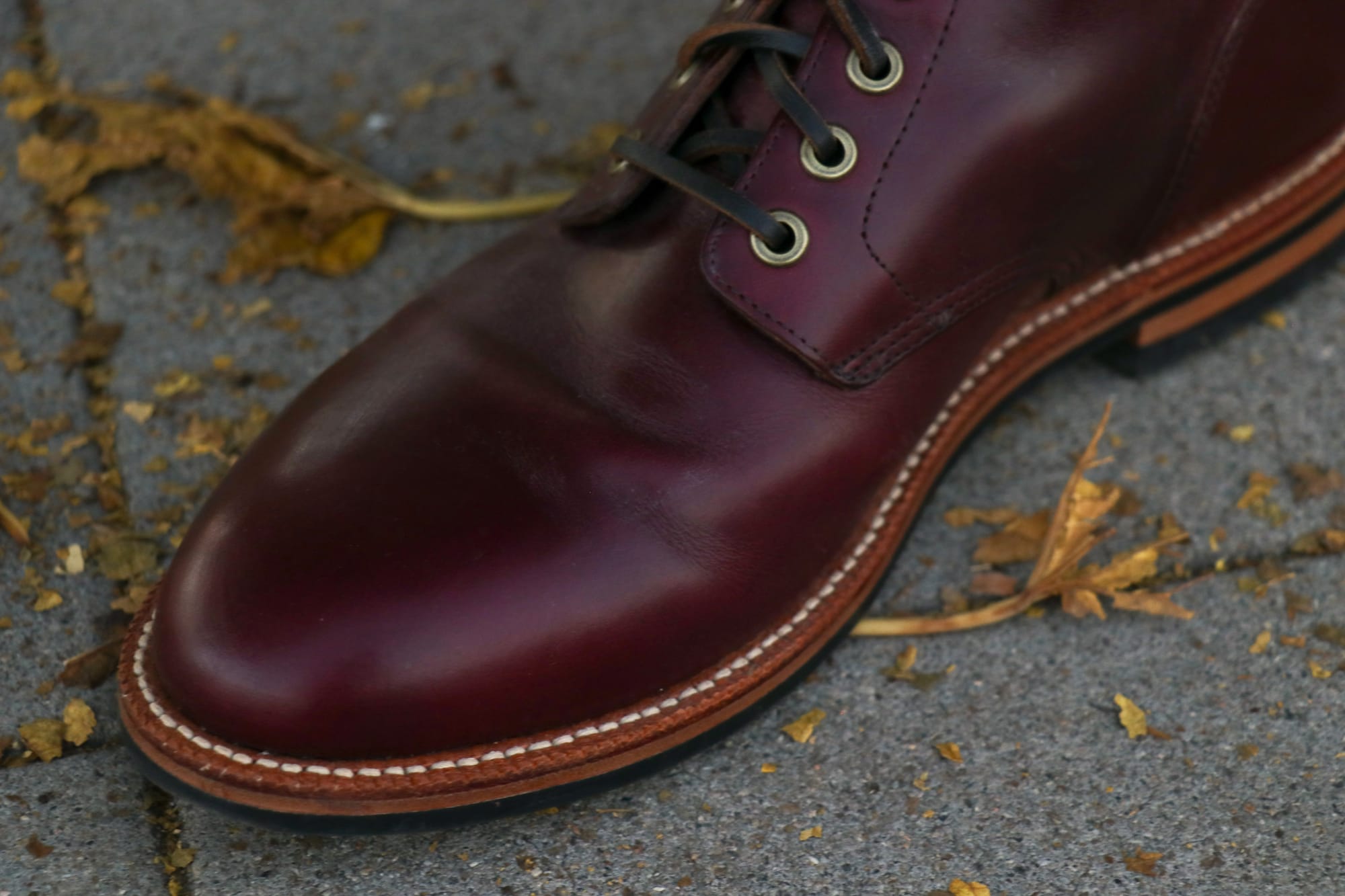
Let's begin by addressing a fundamental question: what defines a quality boot? Although not every item on this list includes all of the essential attributes, it is important to note that any boot deemed "quality" should possess the following characteristics:
- High-quality leather upper for durability and comfort.
- Comfortable fit with adequate arch support and cushioning.
- Versatile design that can be dressed up or down.
- Waterproof or water-resistant materials for protection against the elements.
- Good value for money, considering the quality and craftsmanship.
A Crash Course in Leather
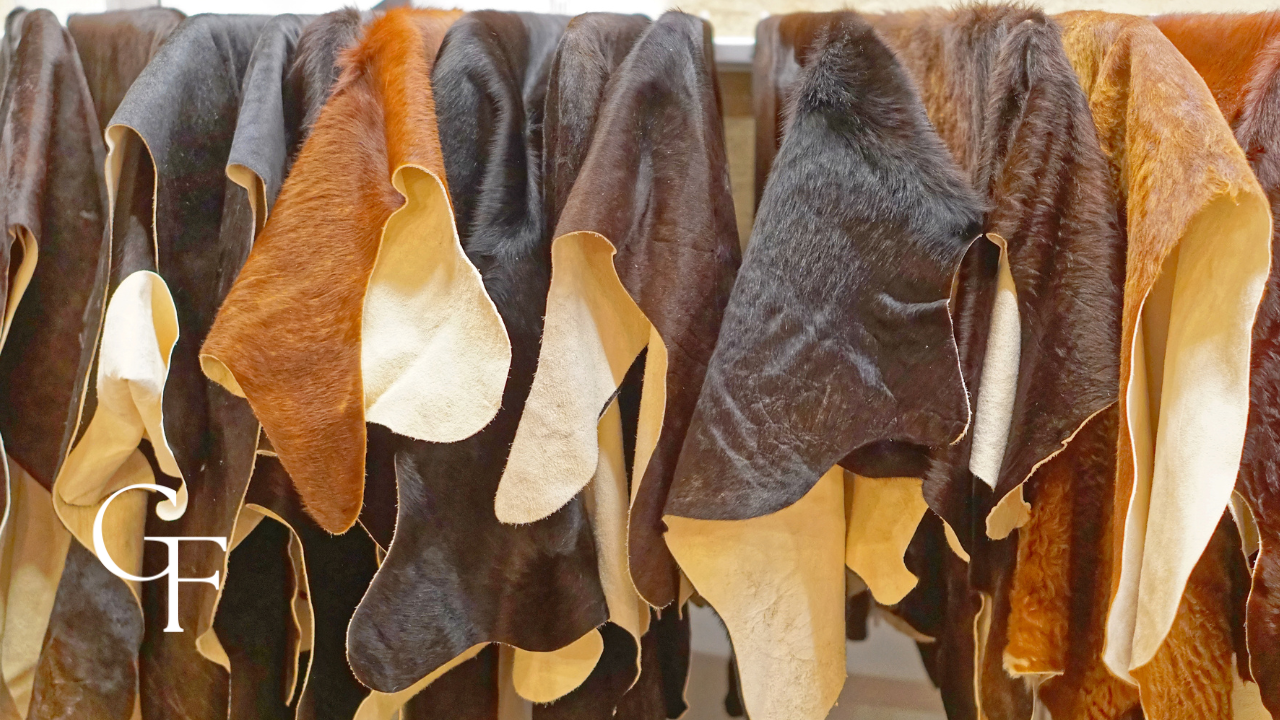
FULL-GRAIN
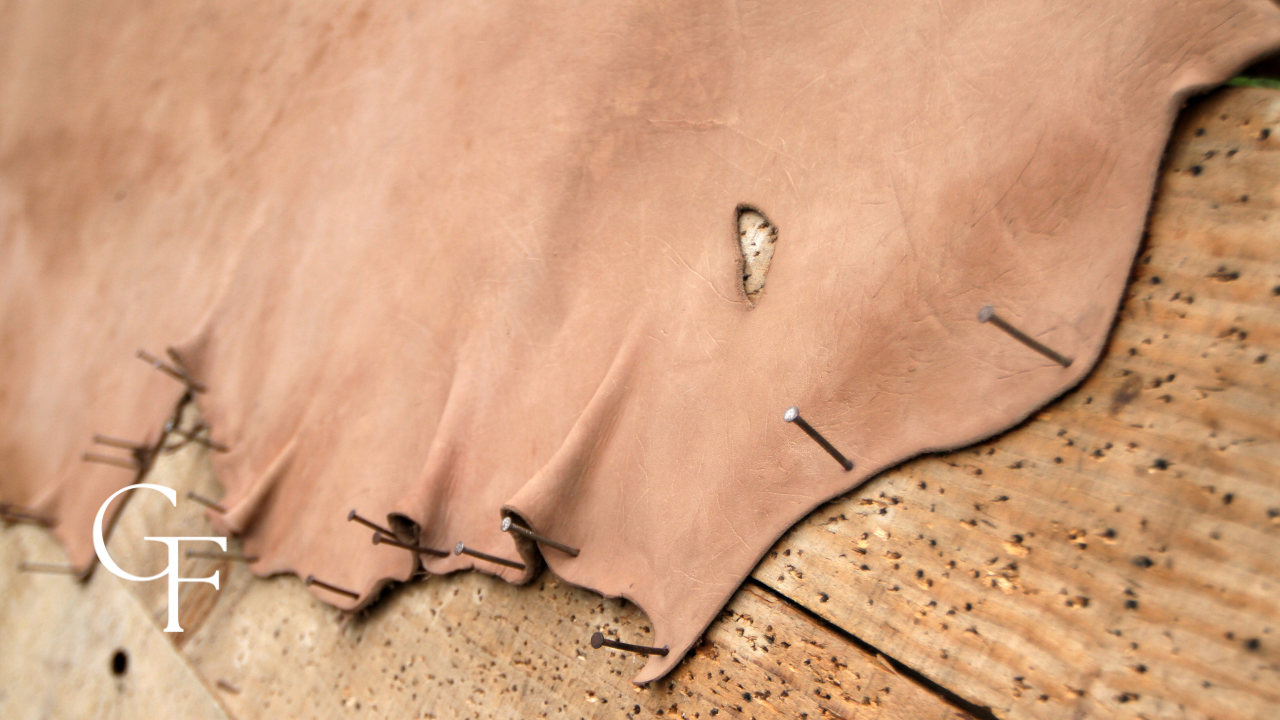
Full-grain leather is the good stuff. This complete and most natural animal hide provides the most durability for an item made from full-grain leather. Additionally, goods manufactured from full-grain leather often retain richness in color and texture, a quality commensurate with premium leather products.
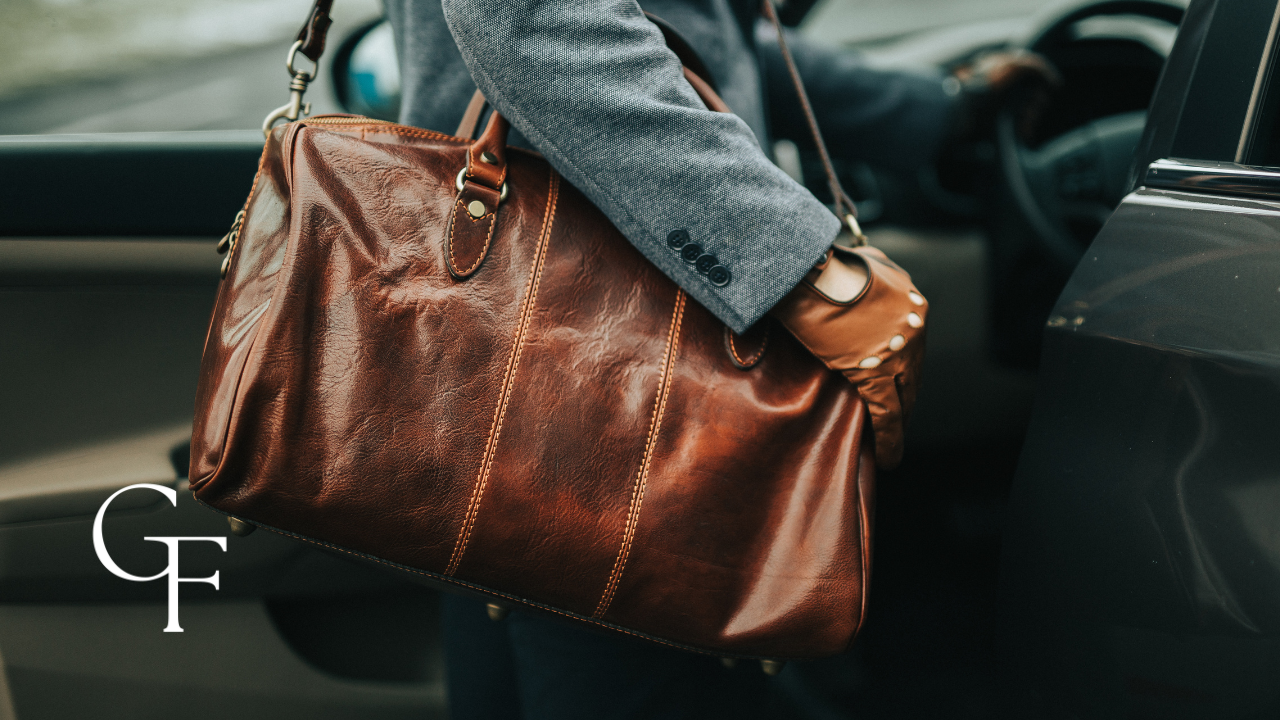
TOP-GRAIN
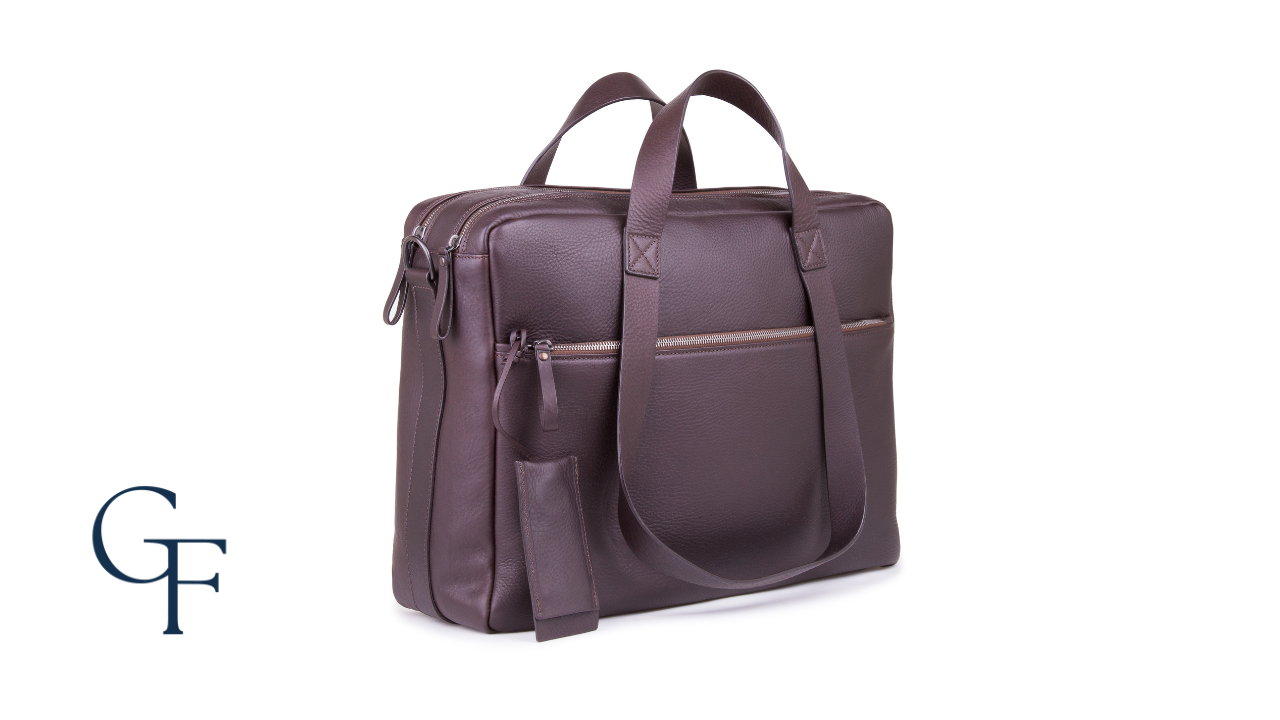
Top-grain leather is one step below full-grain leather, making it weaker because it is typically sanded down. This sanding process breaks the fibers and reduces the premium richness and sheen characteristic of full-grain leather goods. While top-grain leather is still high quality, it isn't as high-end as full-grain leather.
GENUINE LEATHER
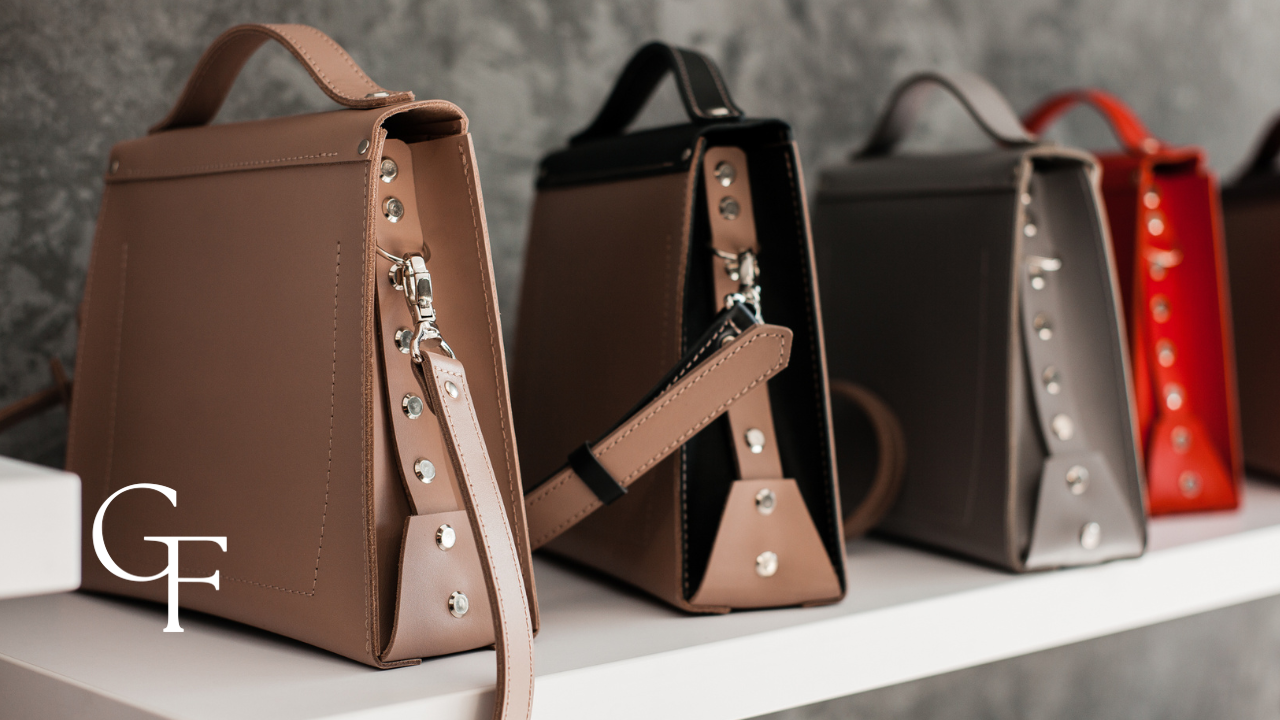
Genuine leather is “technically” leather. The leather often used in cheaper footwear brands is microsuede with 100% "genuine" split leather covered with a thin polyurethane coating. Once embossed, the footwear is still classified as “leather” for import duty.
Some "genuine" leather is classified as "action" leather, which falls into the same category. This can be difficult to spot at a distance to the untrained eye, but the differences become apparent once you put your fingers on each type of leather and learn what to look for.
Full-grain leather is often soft, buttery, and supple with subtle and natural perforations commensurate with animal hide. In contrast, genuine leather of the lowest quality is more artificial and plastic-like.
Construction Methods
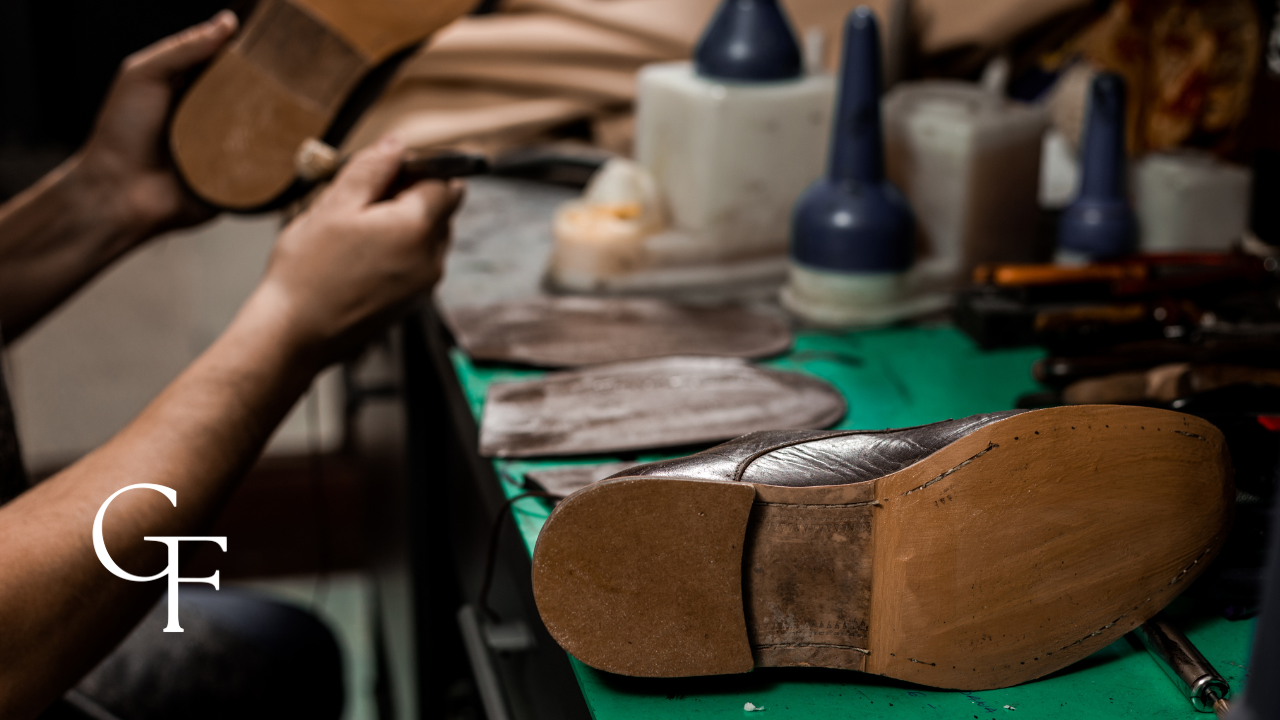
GOODYEAR WELT
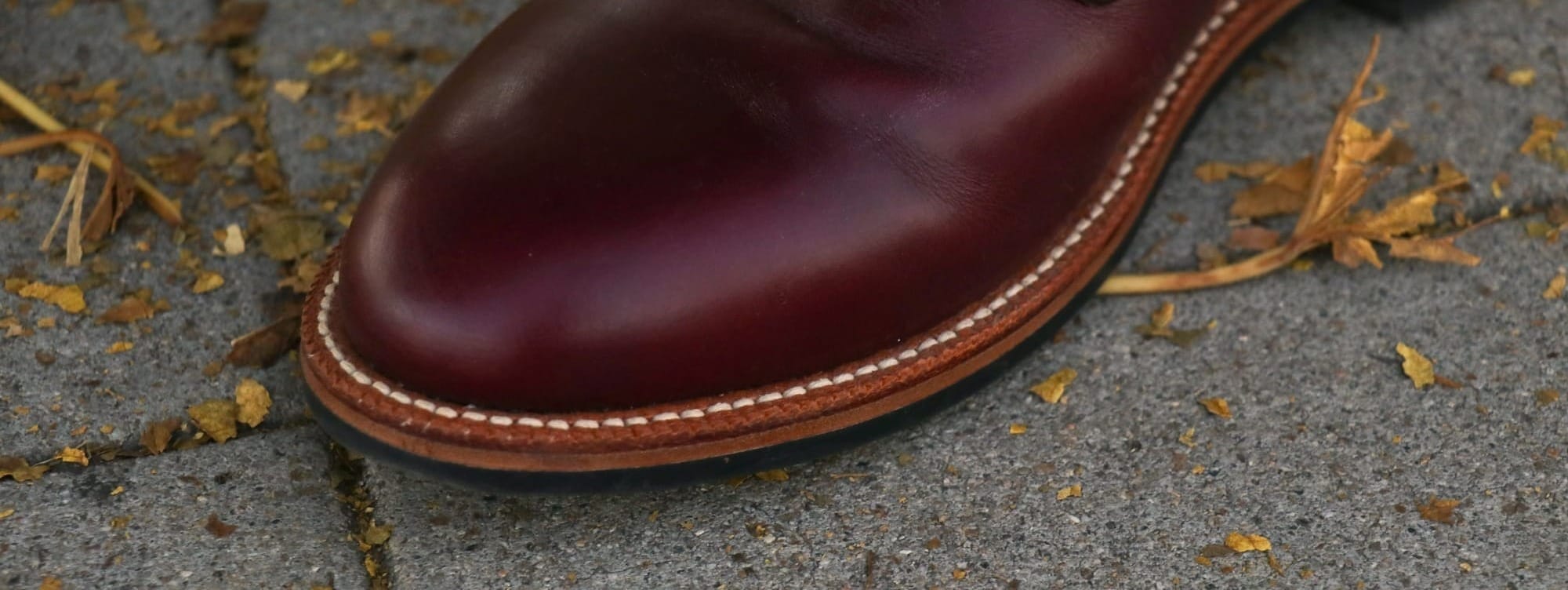
Most boot connoisseurs would agree that the gold standard for boot construction is the Goodyear welt. This method, first utilized in 1869 by Charles Goodyear Jr., consists of a strip of leather, rubber, or plastic running along the outermost perimeter of a shoe outsole.
The outer sole of the boot and the insole are not physically attached and often contain a midsole (usually cork) to fill in the small space resulting from the welt.
This method improves the boots' waterproofing and enables more efficient re-soling if necessary. Boot connoisseurs often acknowledge these small details, and believe me when I tell you that they matter, not just for functional purposes but also for prolonging the boots' lifespan.
This construction method is simply one of the best ways to build quality footwear, and it requires more skill than that of more disposable footwear.
BLAKE STITCH
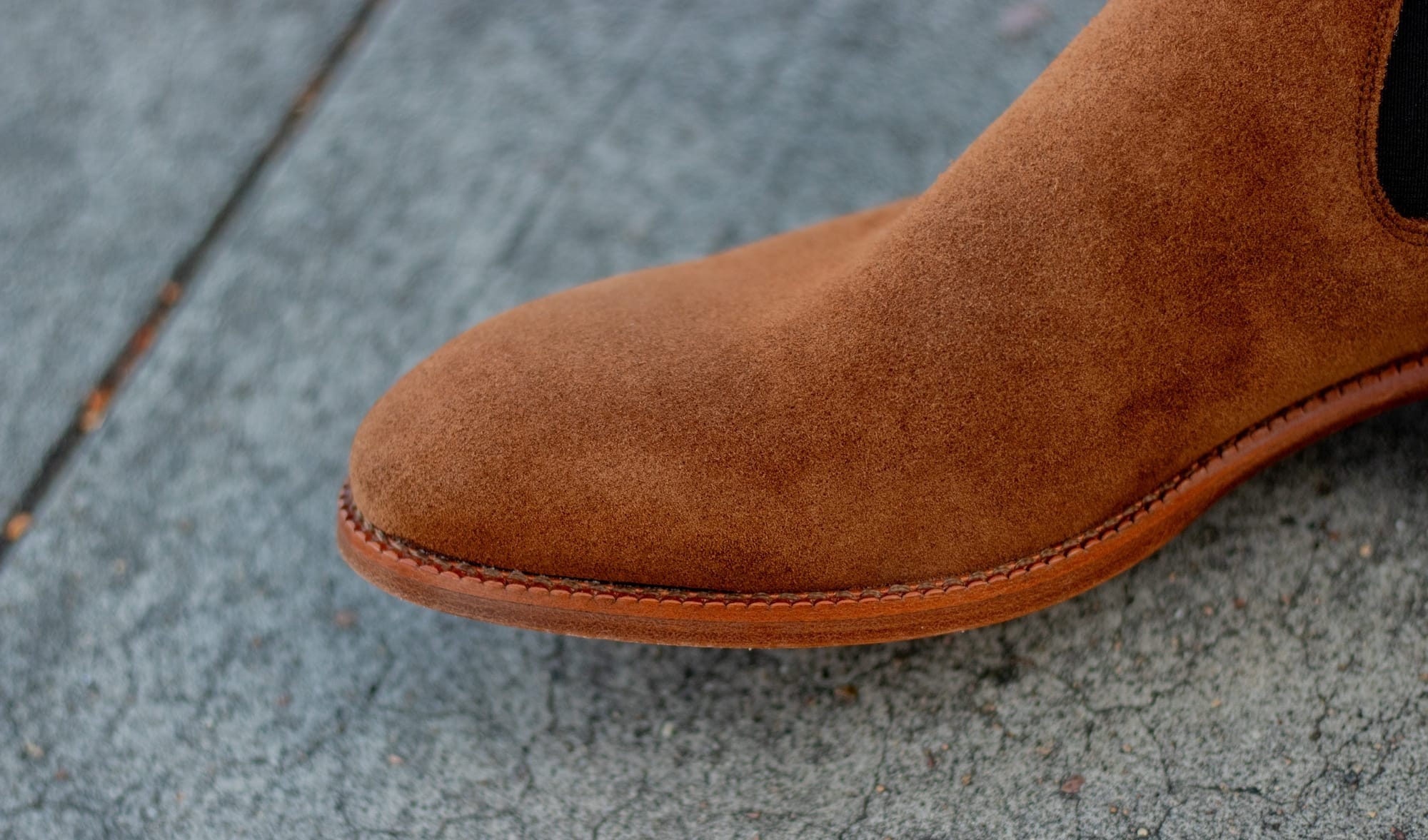
Another construction method often discussed concerning high-quality boots is the Blake stitch construction. In this technique, instead of sewing the sole to a midsole, the sole is directly sewn to the leather upper. This approach is typically more cost-effective and can provide greater flexibility for the boots overall.
While Blake stitch construction allows for resoling the footwear, a special Blake machine is required. However, this method does not offer effective waterproofing, as it provides direct access to the foot from the exterior. Though this construction technique is generally reserved for more delicate footwear, it is still an excellent option for a well-made boot.
CEMENTED
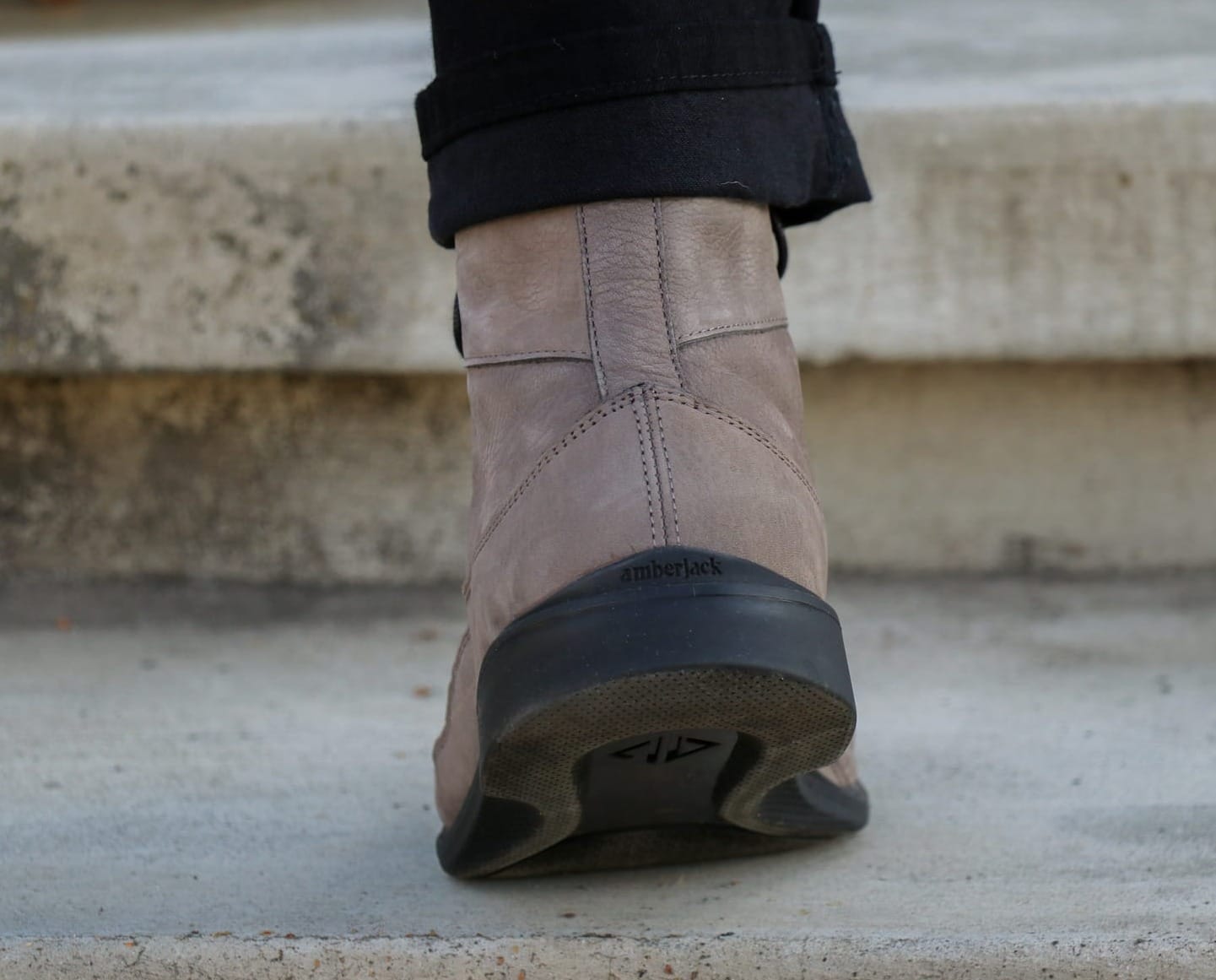
We have now arrived at the most affordable, yet often least desirable, method of boot construction: cement construction. This technique involves attaching the sole to the upper part of the boot using an adhesive (commonly referred to as glue).
Unfortunately, the footwear cannot be re-soled and is typically not built to last. As you might expect, some brands perform better than others with this construction method. Even if you aren't subjecting your boots to heavy wear and tear, you could still get considerable use out of them.
However, the durability you experience will largely depend on your lifestyle and the conditions of your outdoor environment.
Clarks: ($) / ($$)
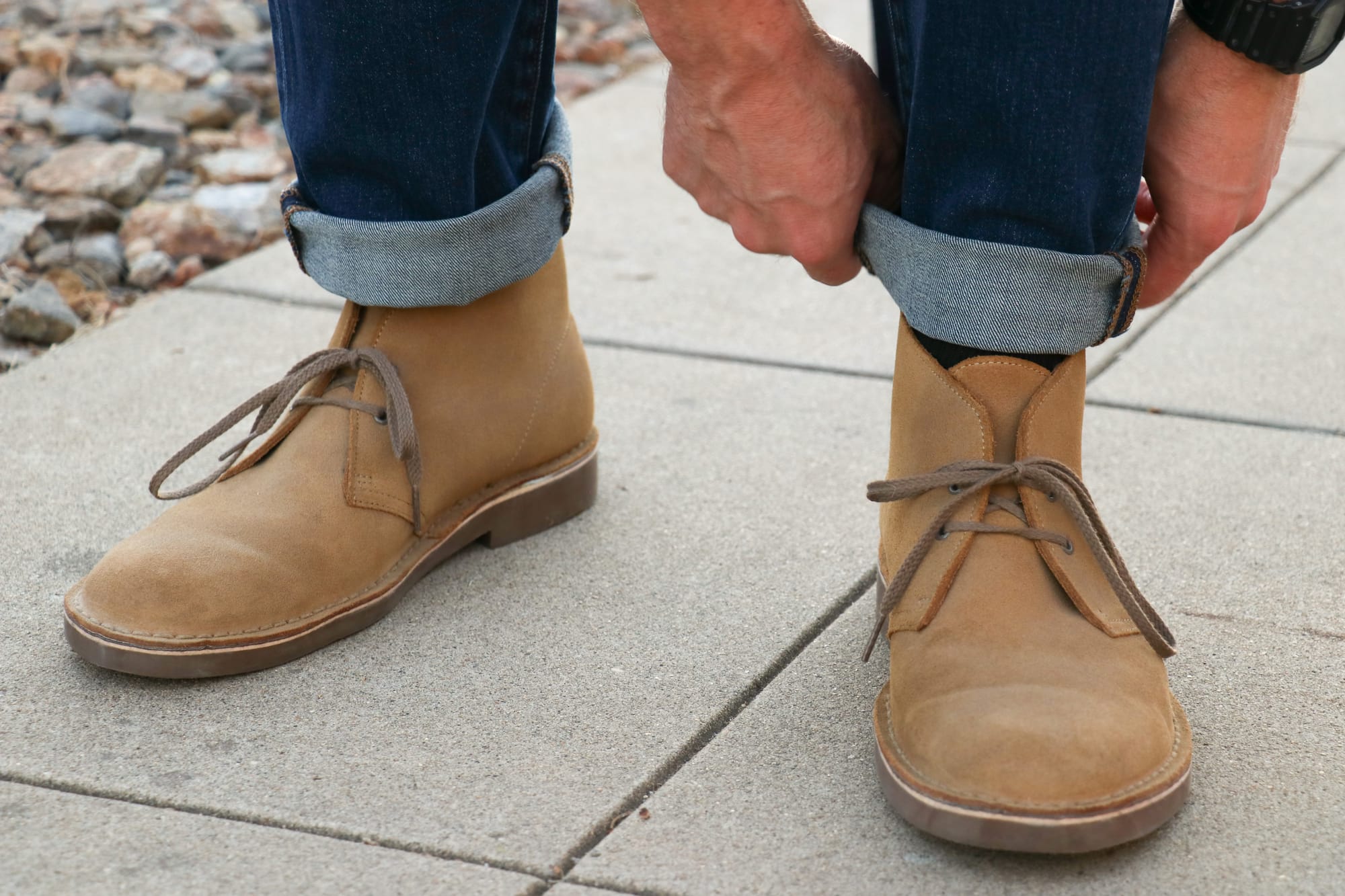
PROS:
- Most boots offer pull-up leather (in full-grain or top-grain) at a very accessible price point.
- Often quite comfortable right out of the box (may vary depending on the wearer's feet)
- "No-nonsense" classic design and silhouette.
- Often on sale all year round.
- Non-cemented construction.
CONS:
- Cannot be (easily) re-soled due to cheap stitch-down construction.
- Crepe sole (classic Desert Boot option only) is slippery when wet, may wear down quickly, and suck up dirt and grime after extensive wear due to the materials used.
- Synthetic lining (Clarks Bushacre 2 only) indicates a lower-quality construction.
- The toe box collapses over time if no shoe trees are utilized.
- The absence of a shank may cause pressure on the heel (which may prove uncomfortable for some).
Clarks is renowned for its Chukka boots, particularly the Desert Boot variant. While the brand offers a diverse range of footwear, including cap-toe dress shoes, Chukka hybrids, and Chelsea boots, the signature Chukka boots are the ones for which Clarks is most famous and the ones I highly recommend.
Currently, Clarks is the most popular Chukka boot on the market, primarily due to its rich history and established reputation. The Clarks Desert Chukka is an excellent choice for anyone seeking an entry-level boot.
Although the "CONS" list may seem lengthy, it's important to note that these boots serve very well as classic casual footwear for beginners. Just be mindful not to use them for hiking or heavy labor.
Classic Clarks Chukkas are typically made from pull-up leather, a durable and high-quality material. This type of leather undergoes a tanning process in which hot oil emulsions and natural waxes are infused into the hide. As a result, it produces leather that can withstand a wide range of conditions.
The suede Chukka options are made from what seems to be weatherproof suede leather. This material can endure considerable wear and hold up well against the elements as long as you’re not engaging in serious hiking or performing a blue-collar job.
I added the Clarks Bushacre 2 model to my collection, which is nearly identical to the classic Desert Boots. These boots are often quite affordable (hence the $ and $$ designation in the header) and feature a denser rubber outsole that is easier to clean and more durable than the crepe sole found on the original Desert Boots.
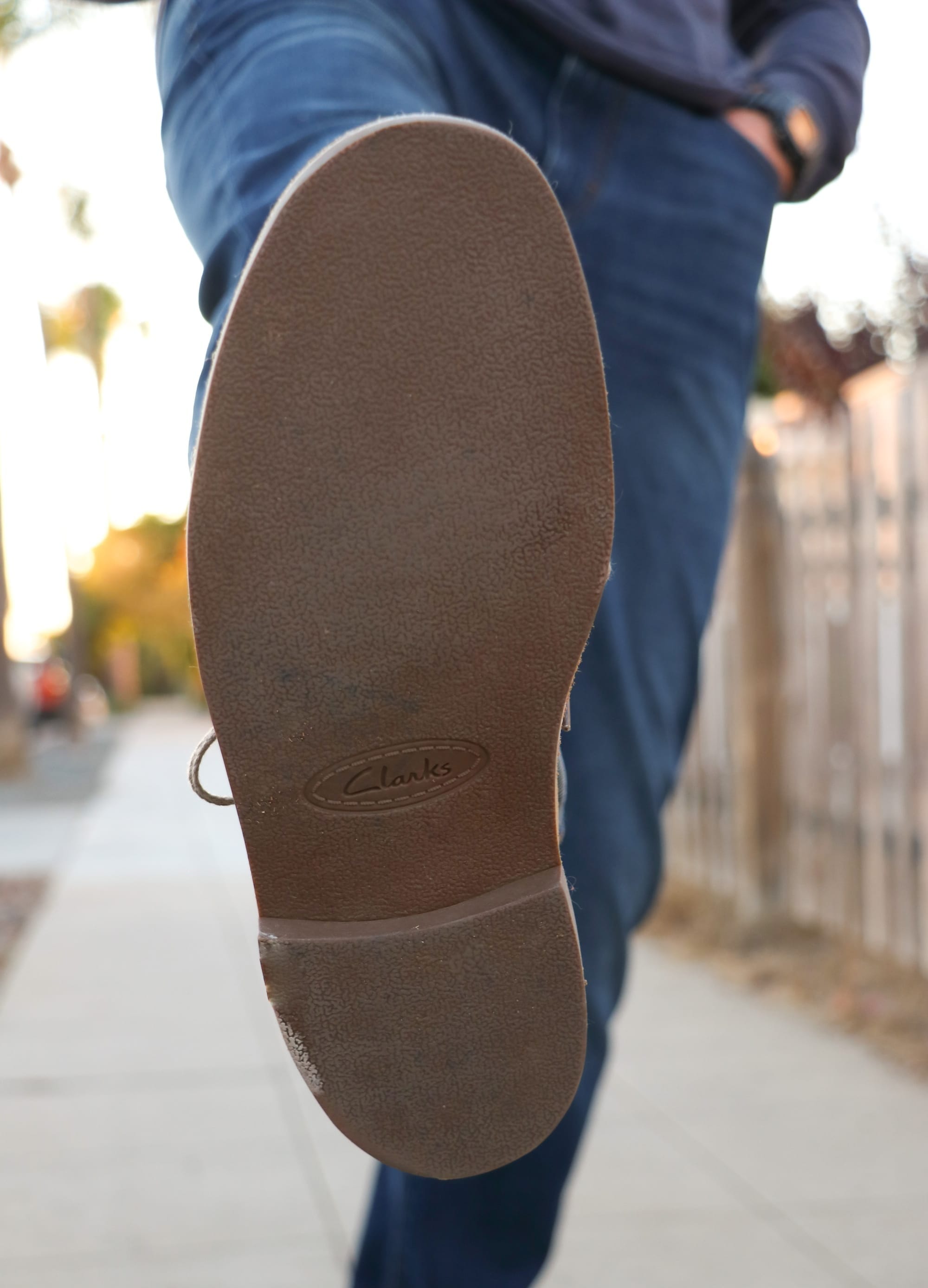
While the stiffer rubber outsole may provide less cushioning, I believe it's a worthwhile trade-off for those who want to avoid the dirt and grime that can quickly accumulate in the crepe sole of the original models.
Interestingly, the Bushacre 2 boots can't be found on the official Clarks website; instead, you'll need to check retailers like Amazon. The price for these boots often hovers around or even below $100. This suggests that some compromises in quality may have been made to achieve a lower price, though it’s challenging to confirm this.
Amberjack: ($$)
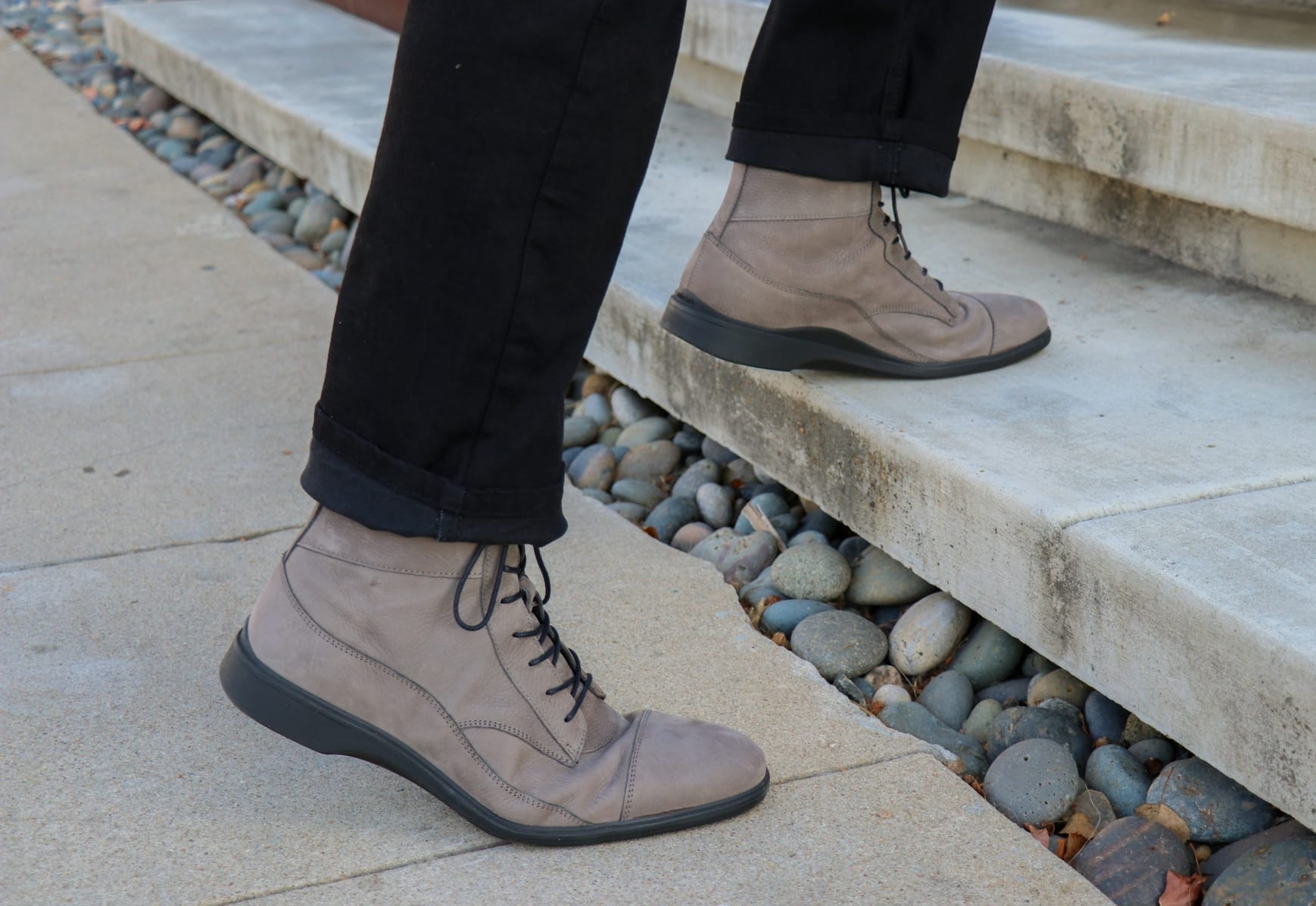
PROS:
- Made with high-quality, full-grain leather for durability and style with leathers sourced from LWG-certified tanneries in Portugal or Italy.
- Extremely comfortable and equipped with heat-activated arch support for added comfort and support.
- Foam inserts are polyurethane, designed to conform to the wearer's feet over time as they react to body heat.
- Incorporates advanced high-performance athletic technology for a comfortable and flexible fit.
- Offers a range of styles, from casual shoes to business casual shoes and boots.
CONS:
- Some boot variants have questionable styling options (i.e., white midsoles).
- All boots feature a cemented outsole construction to the leather upper, meaning the footwear cannot be re-soled.
- The retail prices are high, considering the quality of the build.
- Limited boot options (only two are available at this point in time).
Amberjack, quite possibly the most comfortable boots on this list (right out of the box), competes on comfort more than anything else. While there are certainly better options available for the price, Amberjack is a smart choice for any professional man looking to enhance his style, whether at the office or in casual settings.
At the time of my writing this guide, Amberjack only offers two boot styles: a Chelsea boot and a traditional lace-up, both with a cemented construction.
These boots have surprisingly high-quality leather, often full-grain, that is soft and supple to the touch. While I'm not too crazy about the overall silhouette of the lace-up variants, they ultimately grew on me over time.
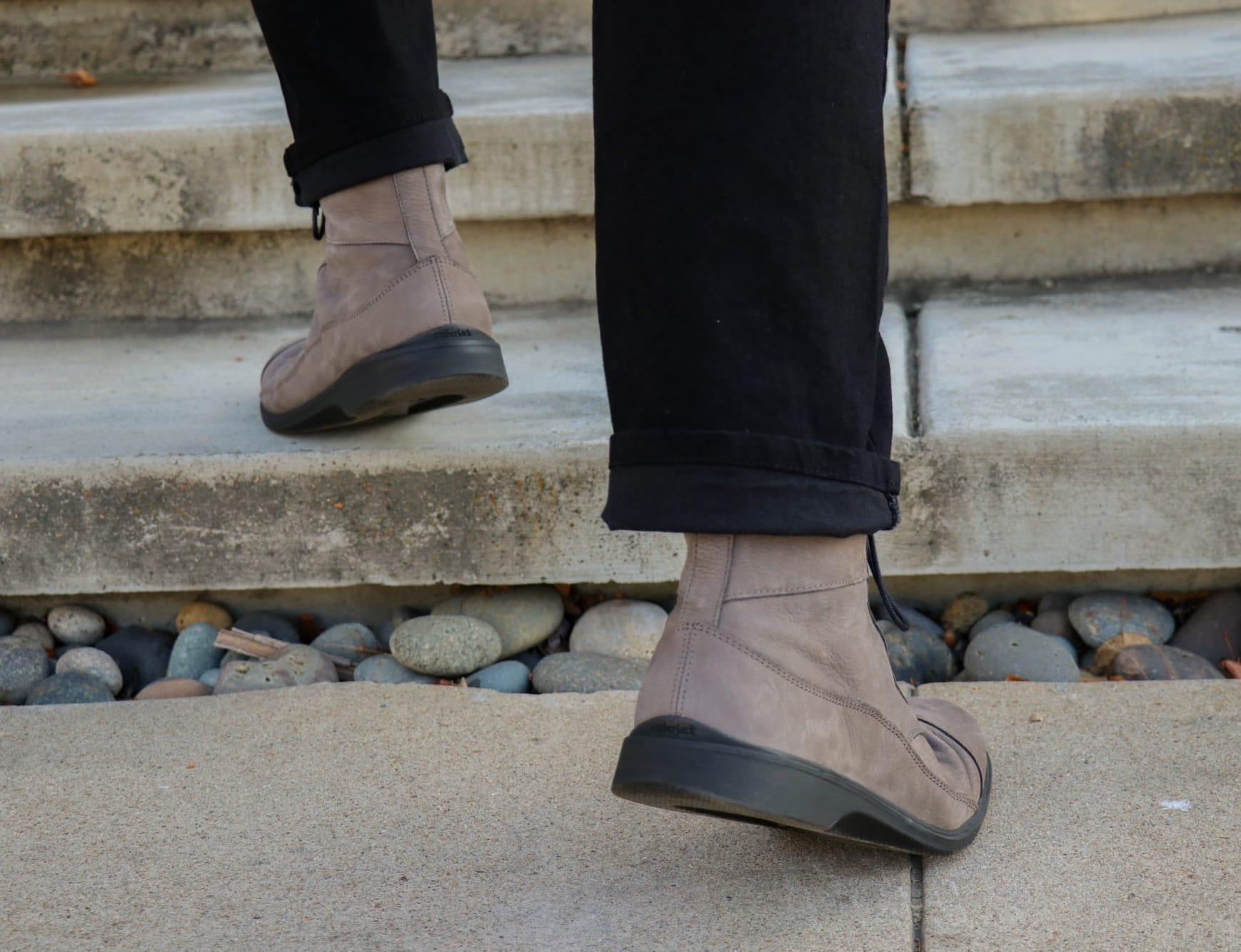
The memory foam and removable insole provide a comfortable fit and support for long periods of wear, making them an ideal choice. Amberjack offers a solid selection of dress shoes and boots crafted from some of the best tanneries in the world, successfully combining classic style with a modern sensibility.
Moreover, their dedication to maintaining carbon neutrality is a strong advantage. Considering the high quality of the leather displayed here, I am somewhat disappointed by the cemented construction, but the comfort is undeniable.
Blundstone: ($$) / ($$$)
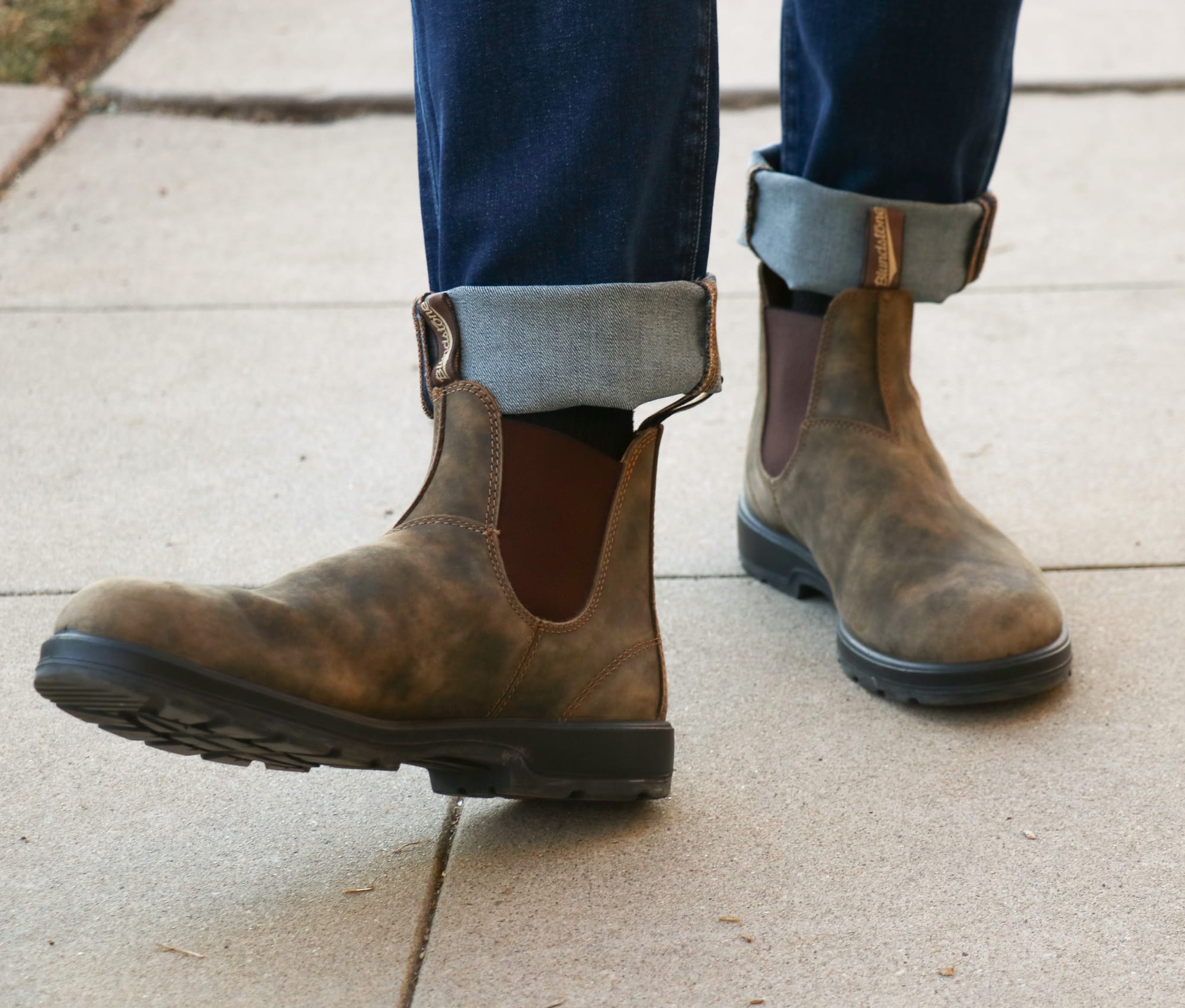
PROS:
- Classic silhouettes and designs with numerous colorways.
- An exceptionally comfortable boot right out of the box.
- A surprisingly versatile boot that can be styled in multiple ways (aside from wearing it for formal occasions).
- Built with a steel shank that offers excellent support on the heel.
- Maintains rich colors very well and is easy to clean.
- Water-resistant.
CONS:
- Chrome-tanned (genuine) leather that is not of the highest quality.
- Cemented construction that does not allow for re-soling.
- While Blundstone offers waterproof boots, the majority of its options are not.
- Very limited styles of boots are available.
If you know anything about boots, you've likely heard of Blundstone. Many boot enthusiasts tend to label them as "overrated" and criticize their quality due to the use of chrome-tanned leather, which involves chromium salts to preserve animal skins before they are turned into leather.
While this criticism has merit, I must admit that these are the boots I wear most often. You can call me out for "jumping on the bandwagon," but I love these boots. They may not be for everyone and are certainly not the highest quality available, but the combination of comfort and classic styles is undeniably appealing.
Blundstones can't be re-soled, but I believe they serve well as everyday lifestyle and travel boots you can rely on. Although Blundstone offers work boots and higher-quality Goodyear welted variants made from premium leather (which come at a much higher price), most of their lineup features cemented sole construction with a partial fabric and leather lining.
Chrome-tanned leather has its advantages: It allows for rich color options that stand the test of time, provides a fair degree of flexibility, and offers good water resistance. Blundstones prioritize comfort by incorporating a cushioned midsole, a shock protection system (SPS) for shock absorption, and a removable comfort footbed that feels great on your feet.
These days, most people (such as myself) are leaning toward the #585 model in its signature Rustic Brown colorway, but the original #500 model (iconic since 1969) and #550 variants are also popular.
The styling is simple yet surprisingly versatile for everyday wear, pairing well with any wash of jeans or chino colors. Blundstone can work for hiking boots (I've used them for this), but for serious expeditions that require better waterproofing, protection from the elements, and overall performance, they may not be the best choice.
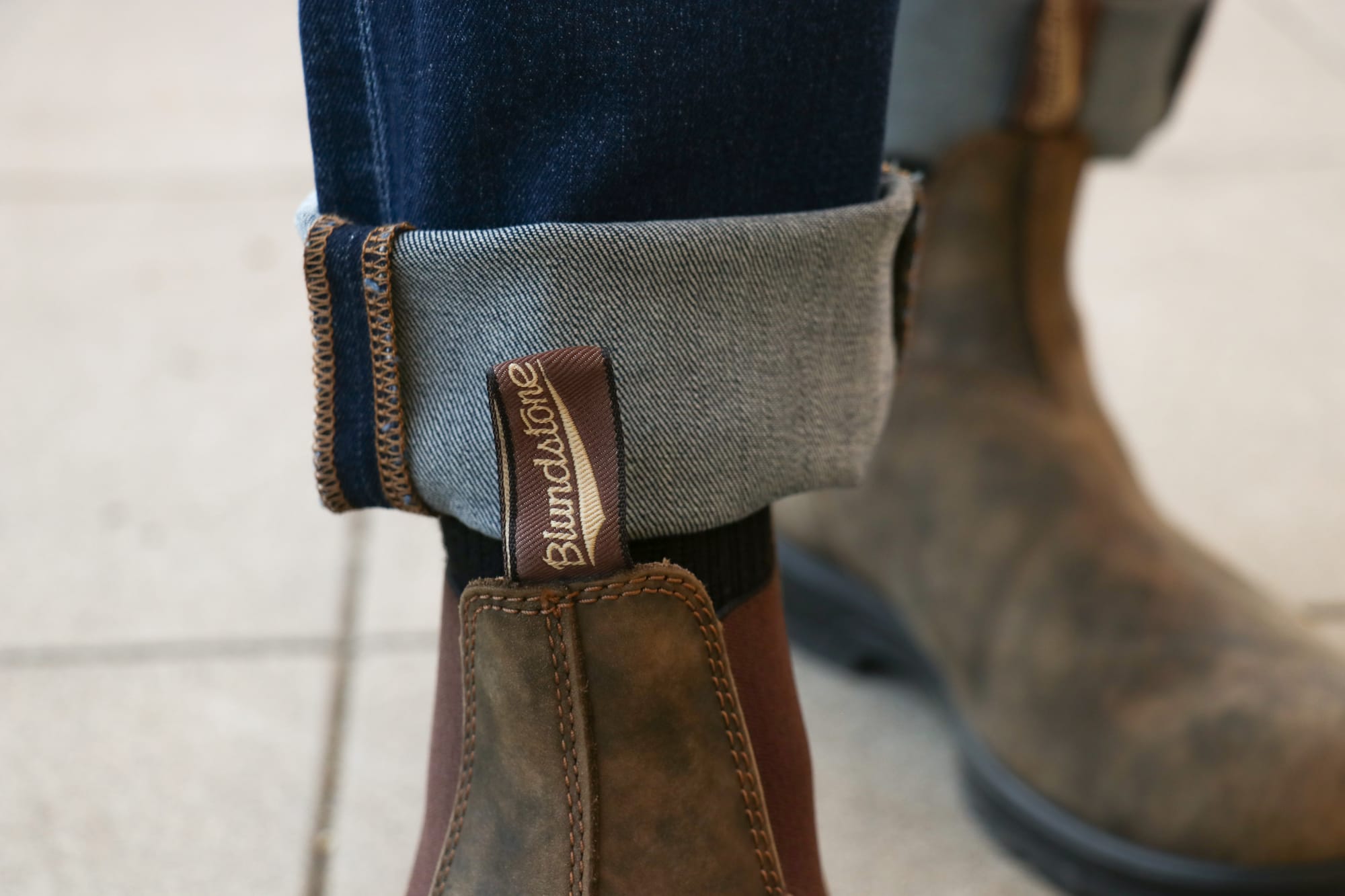
Thursday Boot Company: ($$) / ($$$)
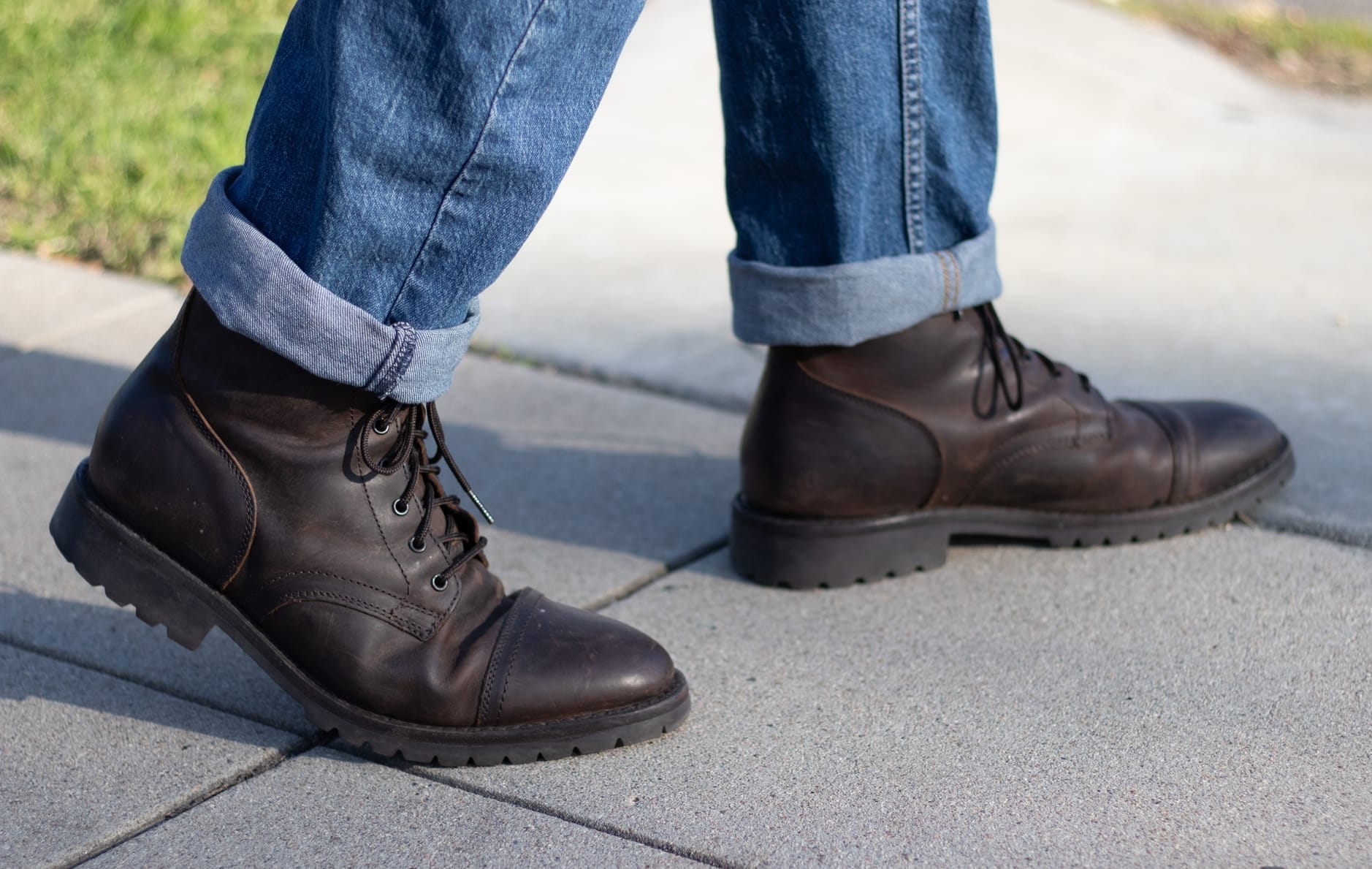
PROS:
- Quality leather from one of America's top heritage leather brands (Horween Leather Company).
- Goodyear welt construction offers better waterproofing and the option to re-sole.
- Cork mid-sole that forms to your foot the longer you wear them.
- Steel shank for extra stability.
- Virtually inflation-proof, and footwear is sold consistently at a competitive price.
- Numerous colorways and style types, including suede, lug-sole, and 100% American-made variants.
CONS:
- Most boots are not rugged or durable enough to be used as traditional work boots.
Thursday Boot Company needs no introduction. Rewind the clocks to a few years ago (I'm talking within the last decade), and a quality pair of dress boots or work boots would cost you about $400 at a minimum.
Considering just how many boot options there are, it would have taken thousands of dollars to amass even a modest collection. Thursday slashed the traditional asking price of just about any boot you can think of in half and even made better boots than some of their competitors, who often price their products at a premium.
What I love most about Thursday is that I know I am getting a quality product that will stand the test of time despite a price that may suggest that corners were cut in the manufacturing process; it just so happens that this couldn't be further from the truth.
Thursday chose to partner with the Horween Leather Company, which has remained a standard-bearer in the United States as one of the best providers of quality leather since 1905.
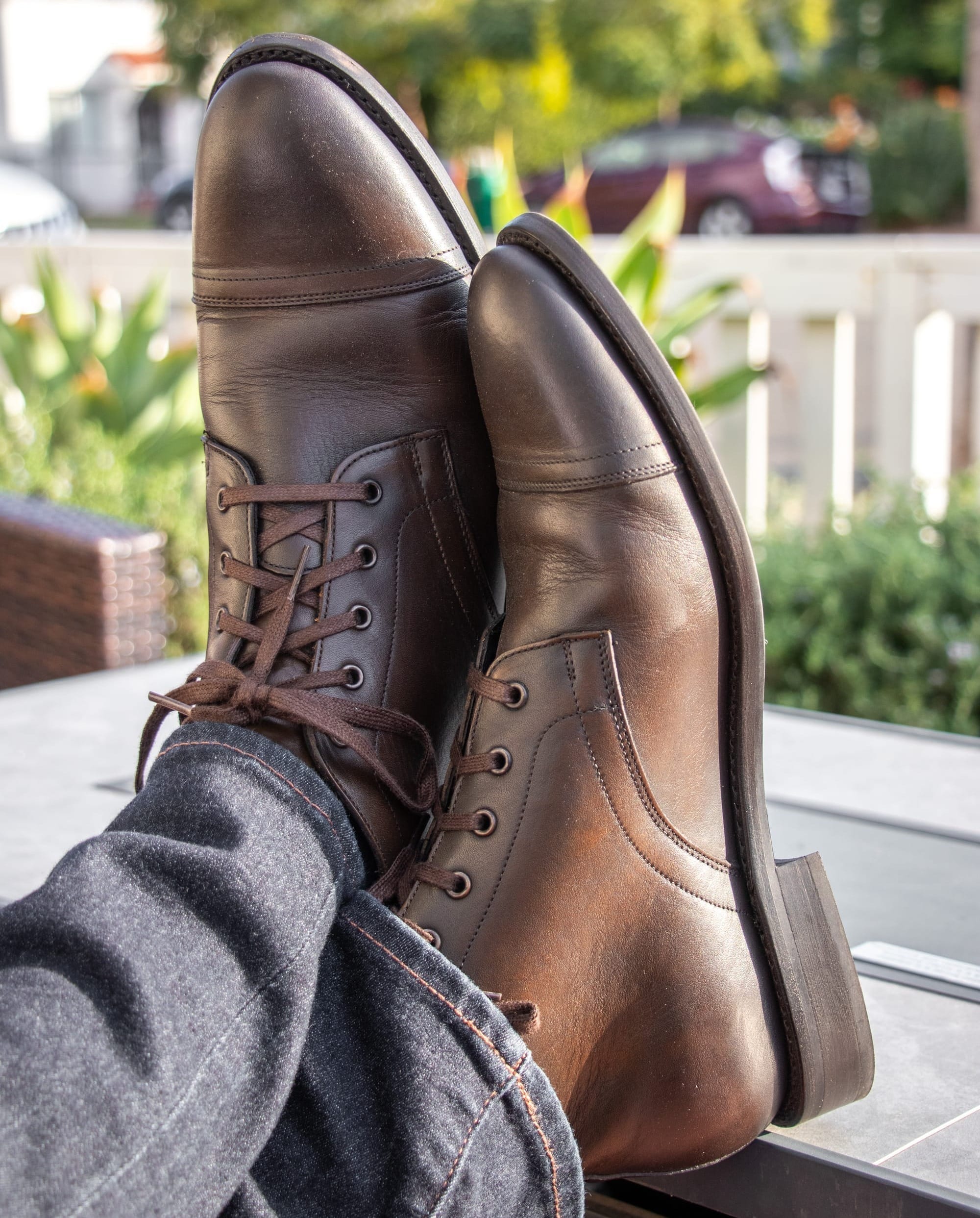
Designed in New York City and made in small batches in Mexico, Thursday offers a variety of options for their leather types:
- Thursday Chrome: An in-house proprietary combination of veg-chrome, double-tanned, and hot-stuffed with natural waxes and oils that improve with age.
- Weather-Safe Suede: A suede leather option incorporating waterproof and hydrophobic compounds to keep feet dry and warm.
- Rugged and Resilient: Matte leather, sourced from Tier 1 U.S. cattle hides, improves the boot's aesthetic with age and wear.
Take, for instance, one of my first purchases from Thursday, their Rugged and Resilient Captain boot. This matte leather is hardy but also surprisingly supple. The laces are made of kevlar (the same material used in bulletproof vests and for lines that moor warships to piers).
Thursday Boot Company has the most extensive footwear collection among all the brands on this list. They offer everything from cowboy boots and sneakers to Oxfords, loafers, boat shoes, and sleek double monk straps.
Thursday's "Made in the USA" models, including the Vanguard and Logger, are priced higher, as indicated by the $$/$$$ designation in the header. This price increase is inevitable, but Thursday has done an impressive job of remaining nearly immune to inflation, which is quite an achievement.
Beckett Simonon: ($$$)
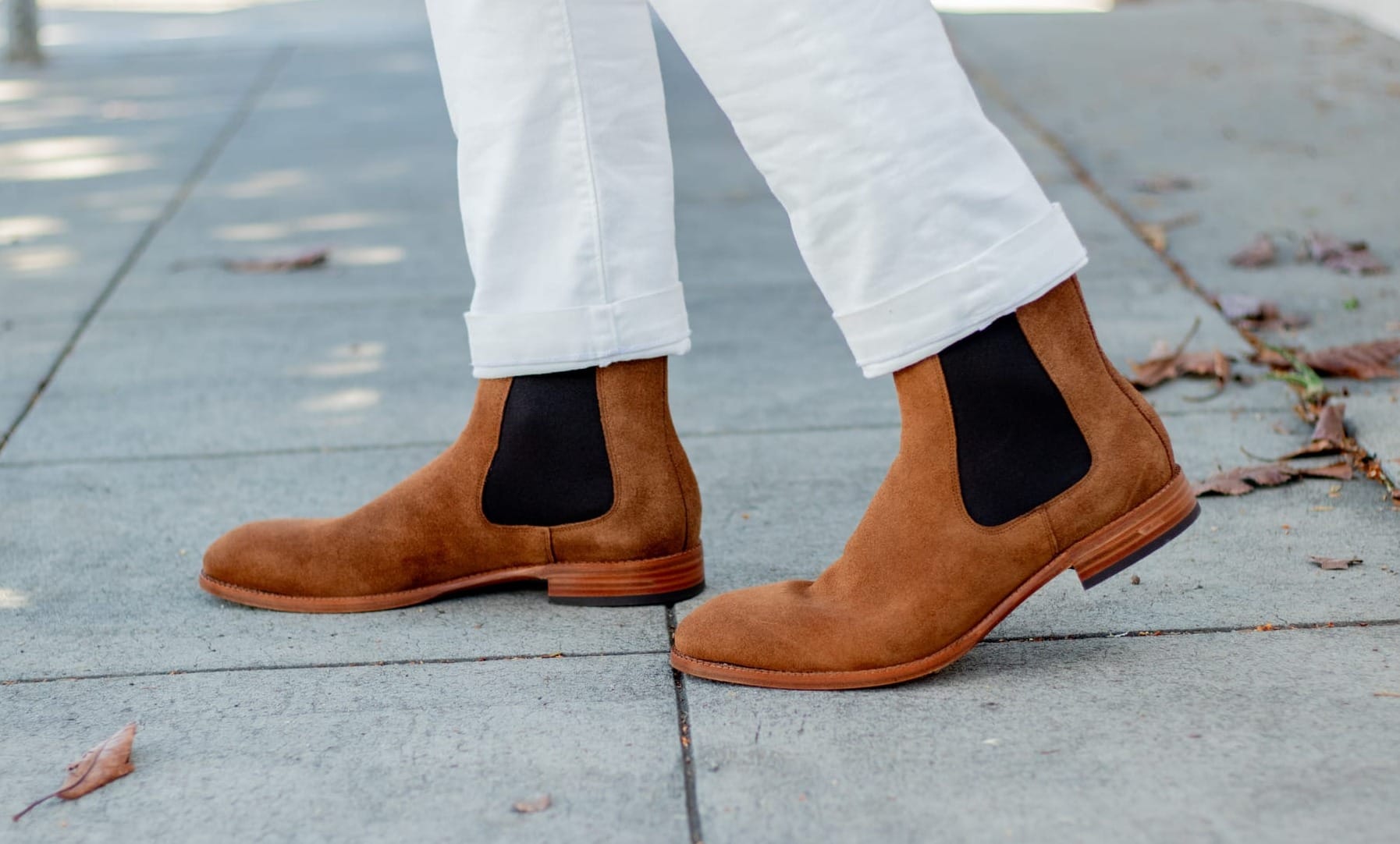
PROS:
- Premium boots that are made from full-grain leather.
- Blake stitch construction.
- Sleek and stylish designs that epitomize elegance no matter where you are.
- Numerous options in classic and timeless colorways.
- Extremely well-priced, given the quality of the boots on offer.
CONS:
- Due to their made-to-order business model, the wait time is between two to three months, sometimes longer.
- Blake stitch construction offers re-solability (provided the proper equipment is available and utilized).
Beckett Simonon aims to provide high-quality products at competitive prices. In addition to this goal, they strive to minimize waste and create unique, engaging customer experiences. Their focus on handcrafting their products allows them to pass savings on to you and me.
With these objectives, it's easy to recommend Beckett Simonon. However, there are some drawbacks to consider. The primary issue is that their made-to-order model means you must wait several months for your boots and other products to arrive. If you value quick delivery, this is something to keep in mind.
"Made-to-order" refers to products being physically constructed after your online submission. This generally results in longer wait times but helps minimize waste, ensures quality control, and allows for competitive pricing.
When it comes to leather quality, Beckett Simonon runs the gambit:
Beckett Sinomon's boots are typically more formal, although some models feature rugged silhouettes and lug soles akin to traditional work and service boots.
Red Wing: ($$$)
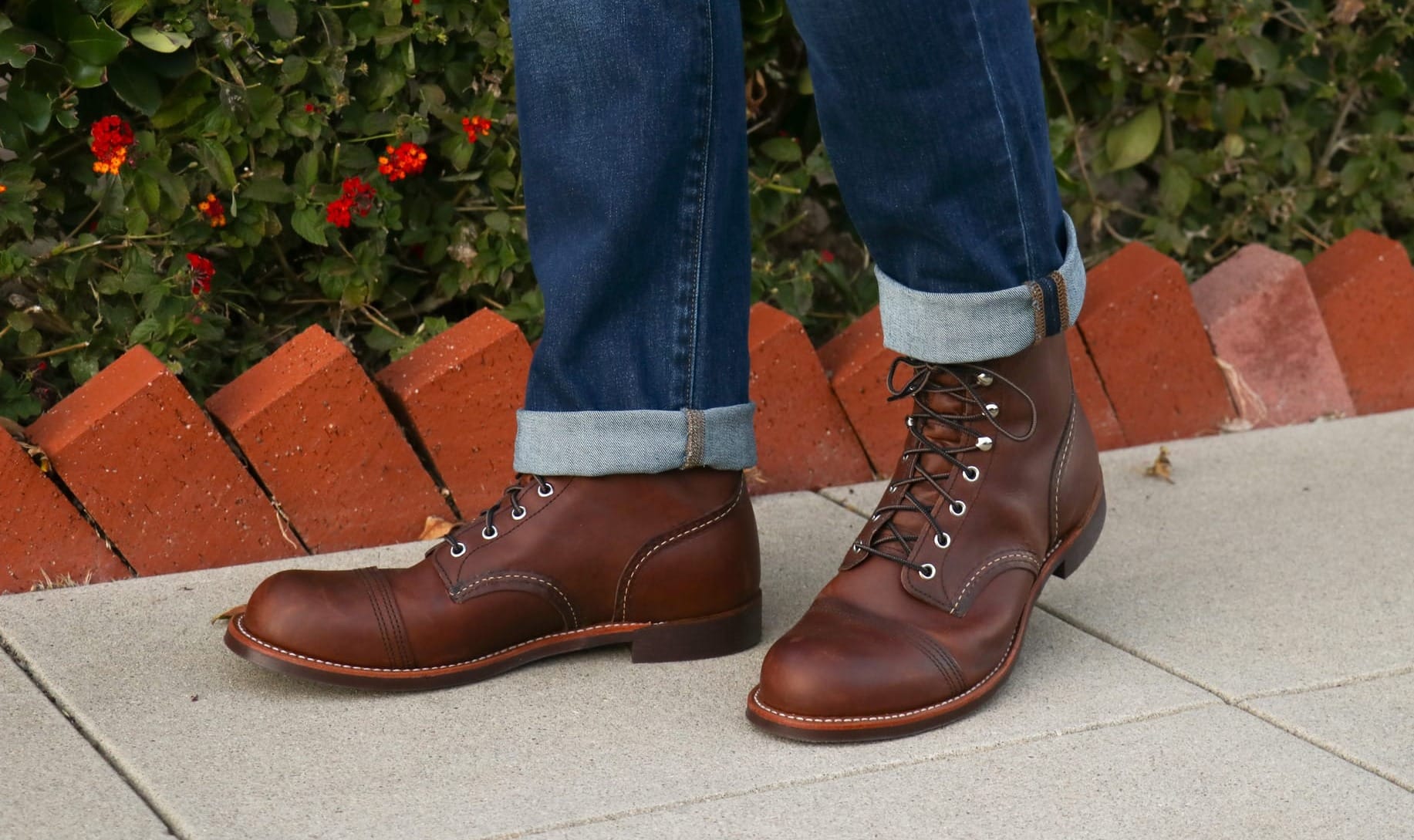
PROS:
- Made in the USA.
- "No-nonsense" build quality with Goodyear welt construction.
- Offers durable, rugged, classic silhouettes that will stand the test of time.
- Full-grain chrome-tanned leather options with durable lacing materials (i.e., taslan laces).
- Steel shanks that offer support on the heel.
- Very water-resistant and able to withstand a good deal of punishment.
CONS:
- Often stiff out of the box, requiring more extended break-in periods.
- Little cushioning in the footbed.
Red Wing is one of the most popular American heritage boot brands, particularly known for its iconic Iron Ranger boot. They offer a wide range of footwear, with prices ranging from $250 for Chukkas to $400 for Heritage models. This brand indeed covers the spectrum of options.
For this guide, I want to focus specifically on Red Wing's Heritage brand boots, as many shoppers are interested in classic styles. Red Wing Shoes has been manufacturing footwear in Red Wing, Minnesota, since 1905. Among their most popular Heritage boots are the Classic Moc Toe, Classic Chelsea, and, of course, the Iron Ranger.
When you choose Red Wing Heritage boots, you benefit from excellent craftsmanship and quality features. These include Goodyear welt construction, durable yet supple leather uppers built to last, primarily leather interior linings, cork filling in the midsole, and taslan laces designed to prevent pilling and enhance durability.
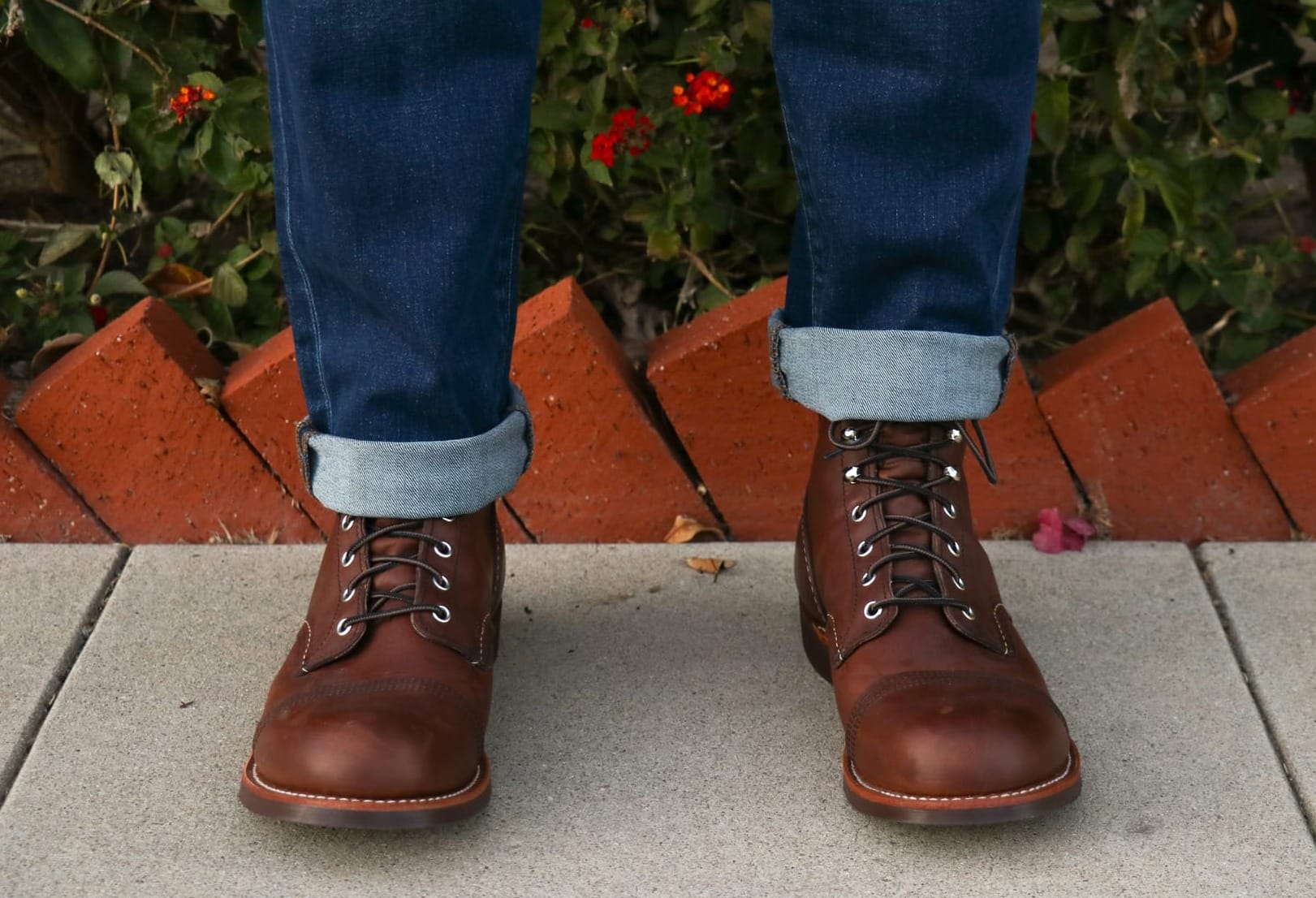
Additionally, they have dense, rugged outsoles that provide grip and traction. Red Wing boots are genuine work and service boots, ideal for rugged environments and casual wear. While many people may try to dress them up, they truly excel in more practical settings.
Grant Stone: ($$$)
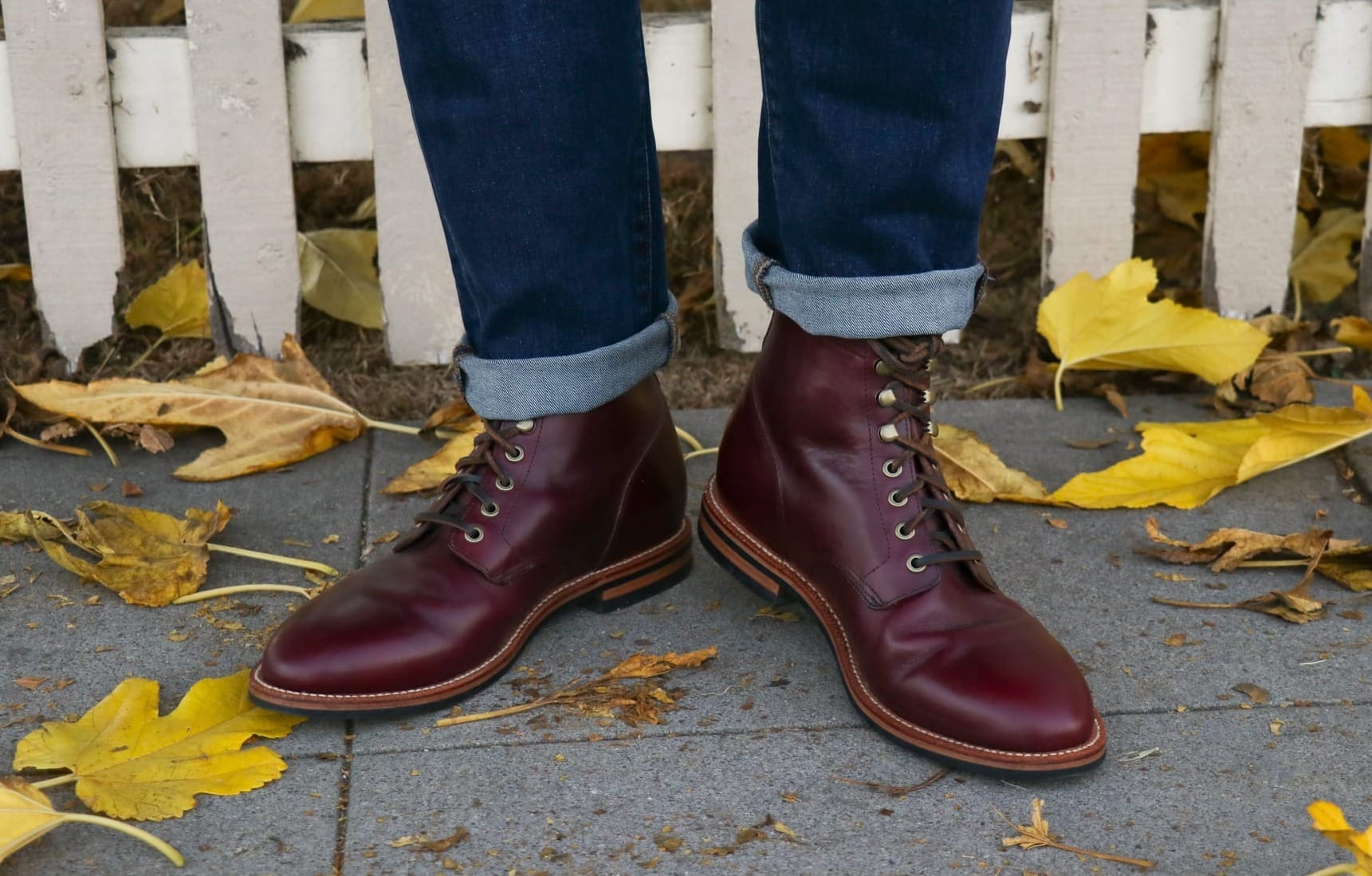
PROS:
- Exquisite build quality with Goodyear welt construction for a fantastic price.
- Full-grain, vegetable-tanned, and chrome-tanned leather uppers that are sourced from places like the Badalassi Tannery in Italy, the C. F. Stead tannery in Leeds, England, and the Horween Leather Company.
- Stacked leather midsoles, outsoles, a leather counter, and heel blocks that are built in-house.
- Brass hardware for eyelets, nails, and lace hooks.
- Cork filling in the midsole that forms to your feet over time.
- Triple-ribbed shanks for excellent stability through the heel.
CONS:
- Often stiff out of the box, requiring more extended break-in periods.
- *Made in China* (but read below to learn more about what this actually means).
Grant Stone has been generating a lot of buzz lately, and for good reason. These boots have an interesting story worth sharing. First, let's address the elephant in the room: these boots are made in China, specifically hand-made in Xiamen.
The brand was founded in 2016 by CEO Wyatt Gilmore, who transitioned from a career in motocross racing to honor the legacies of his grandfather and father, who worked for Alden Shoe Company. If you're curious about Alden, they produce luxury-grade footwear priced at $500 and above, making them a $$$$$ category brand.
Wyatt traveled to Asia, following in his father's footsteps, who had spent years building relationships with a Taiwanese family that manufactured footwear. This connection eventually led to the factory in Xiamen, which now focuses on crafting high-quality Goodyear-welted footwear for Grant Stone.
Today, the factory is staffed by skilled craftsmen who create footwear that surpasses expectations for products made in China. Despite the production location, Grant Stone maintains its identity as an American company, sourcing materials from some of the best tanneries worldwide, including those in Italy, France, the USA, and England.
While it’s common to question where something is made, it’s more important to consider how it is made and from what materials. In Grant Stone's case, the quality of their boots rivals that of Alden but comes at a price point similar to that of Red Wing Shoes.
Having purchased a pair of Grant Stone's flagship service boot, the Diesel model, as well as their bourbon suede Ottawa boot, which closely resembles the Alden "Indy" Boot (as in Indiana Jones), I can confidently say that these are the best boots (and boot brand) on this list from a craftsmanship standpoint.
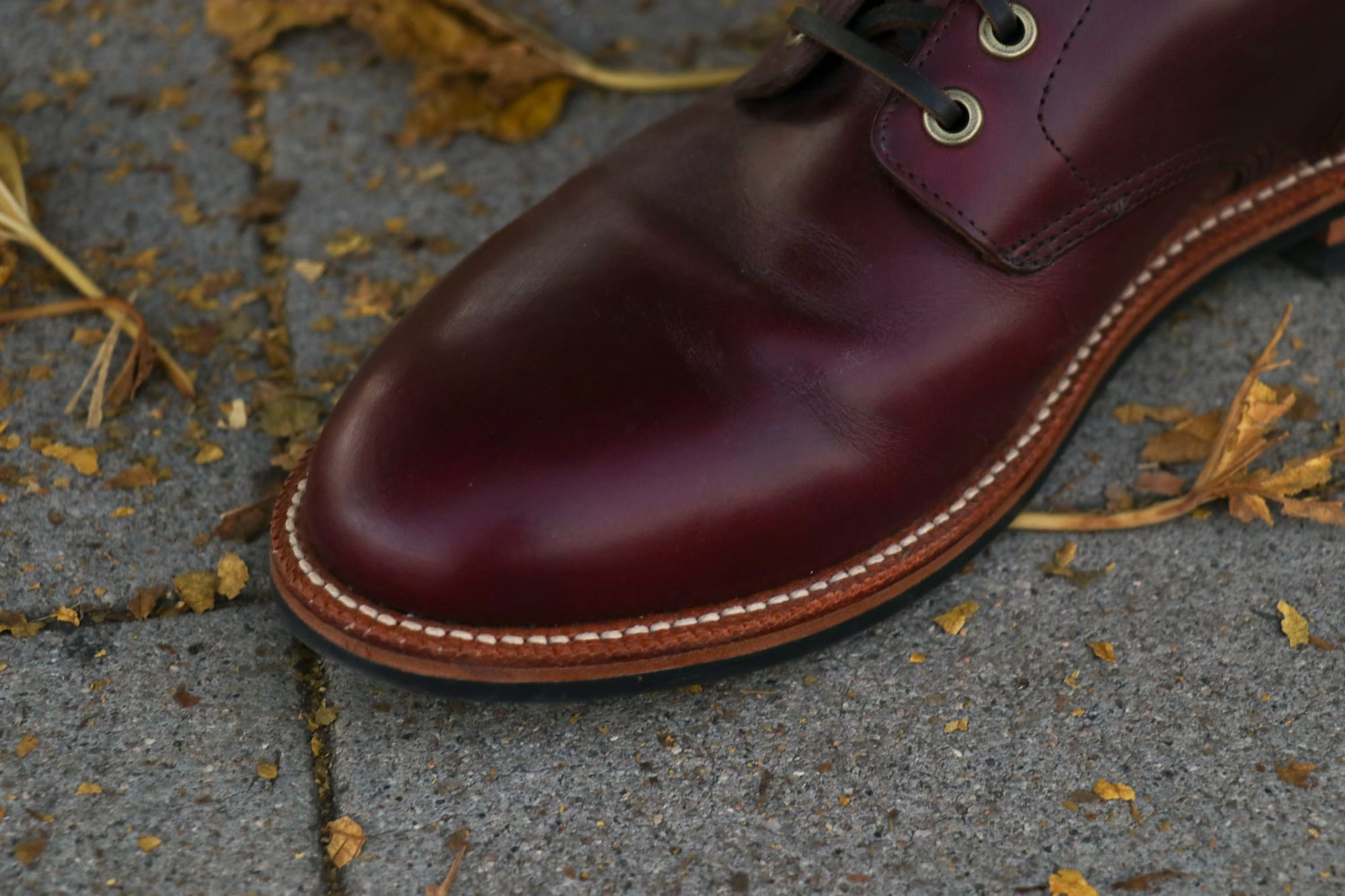
If you're skeptical, I encourage you to do your own research. You'll find that credible sources support this praise tenfold. In short, Grant Stone is not to be underestimated. Their boots are made of thick leather and come with all the features you could want.
Allen Edmonds: ($$$$)

PROS:
- Excellent quality materials from leather tanneries sourced from Horween Leather Company and the C. F. Stead tannery in England.
- Made in the USA.
- Goodyear welt construction is used for most boot options, aiding in re-solability.
- Built with comfortable cork-infused midsoles that form on the wearer's feet with time and continual wear.
- Offers leather-stacked heels for boots without lug outsoles.
CONS:
- These boots are pricey, especially compared to other brands on this list that make boots just as well for much less (you're paying for the name, heritage, and pedigree).
- The wooden stability shank built into the cork filling is not as premium as a steel or fiberglass shank (and not what you'd expect for something close to $500).
- There is a lot of foam and soft felt materials used within the footbed, which provides comfort, but again, this isn't congruent with the relatively steep asking price.
- Built with plastic heel counters instead of leather heel counters (often indicative of lower-quality footwear).
Allen Edmonds has been a prominent name in the men's footwear industry for over a century. Founded in 1922, this American company is often associated with stylish men's dress shoes. When it comes to boots, Allen Edmonds offers a slightly smaller selection compared to brands like Thursday, and their prices can easily fall into the higher range.
However, the materials and craftsmanship of their products are impressive, and the brand has been expanding its range of boot styles in recent years. Allen Edmonds provides a robust selection of boots, including Chukkas, Chelseas, Oxford dress boots, and Western boots. They likely have a style to suit your needs, provided you're willing to pay a premium for the brand's name and heritage.
One of my personal favorites is the Higgins Mill, which I own in a dark olive suede with a full lug outsole. These boots are attractive, relatively lightweight, and offer excellent traction and grip for outdoor activities.
In my experience, the Higgins Mill boots are comfortable and lightweight. However, upon further research, I discovered that certain materials such as foam, plastic, wood, and felt-like substances are used in their construction.
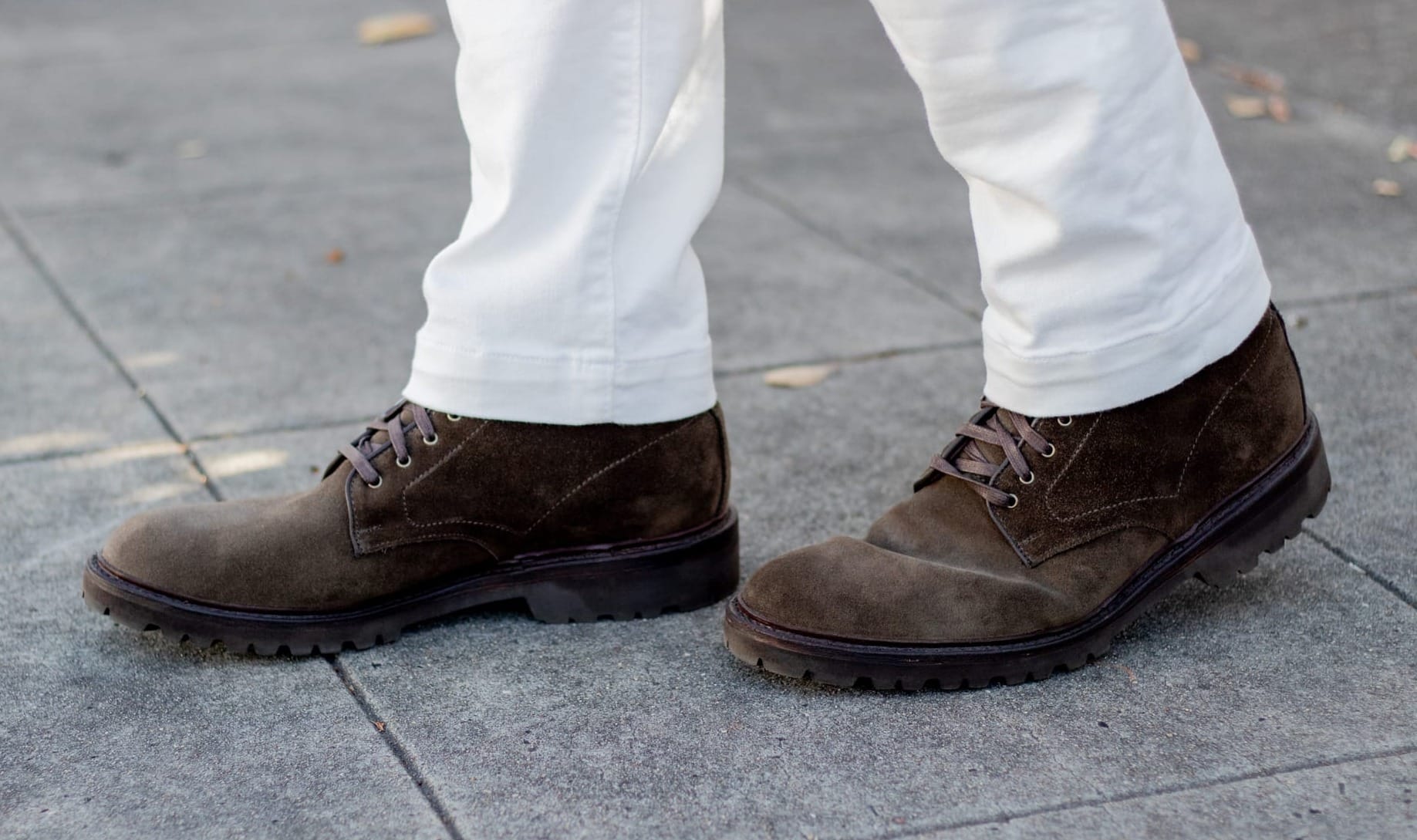
You may wonder why this matters if these materials enhance comfort, and I'm highlighting this for transparency. For me, it raises a question about whether boots priced at nearly $500 should be made with these types of materials—this is just my opinion, of course.
While I genuinely appreciate my Higgins Mill boots from Allen Edmonds, I must admit I was disappointed by the mismatch between the price and build quality. After all, brands like Grant Stone, Beckett Simonon, Red Wing, and even Thursday offer more affordable boots with often better quality.
The Best Options For Dress Boots
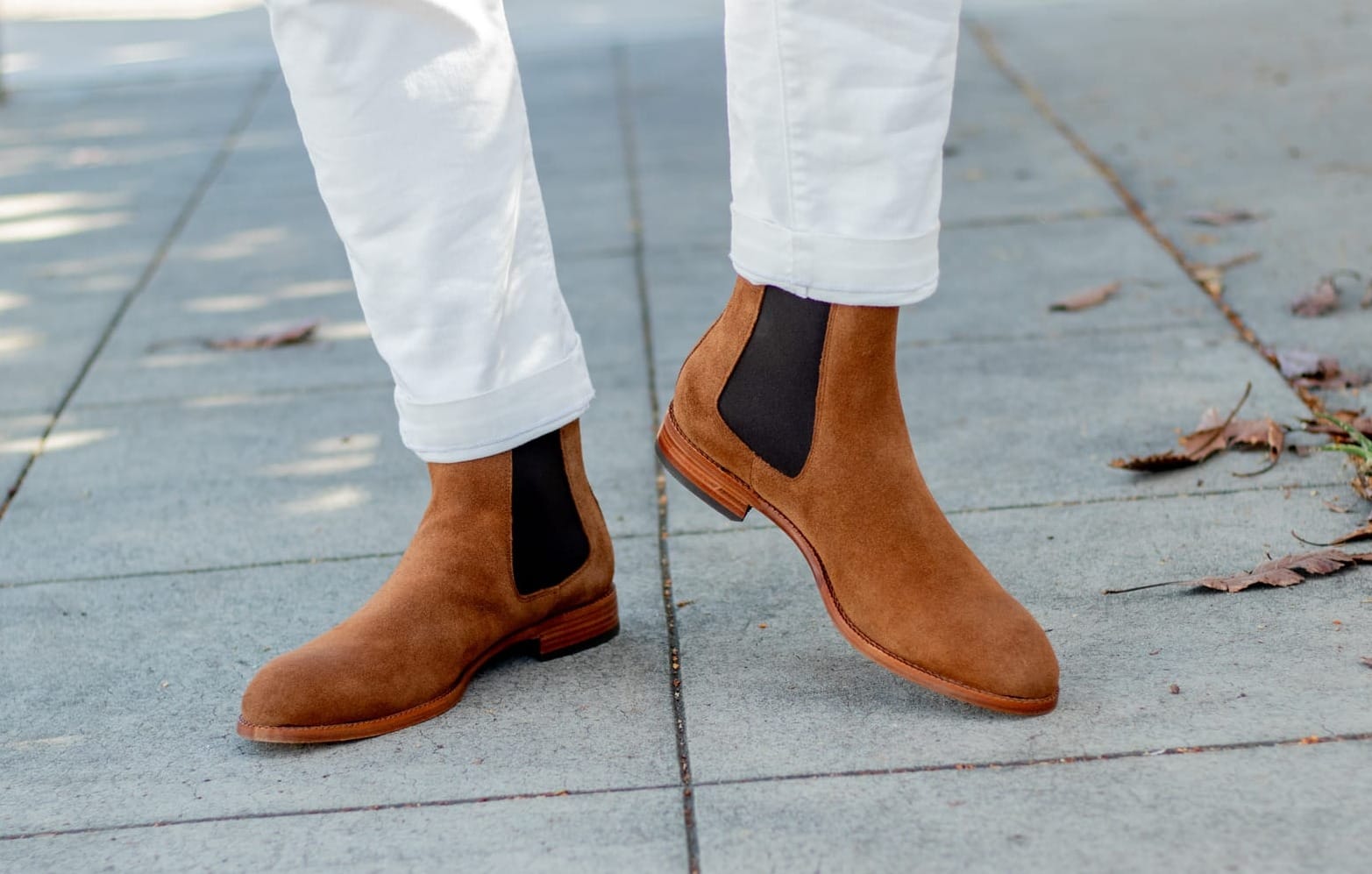
If you're looking for a dress boot, I recommend considering Thursday. Their offerings are attractively priced and stylish. If nothing from their selection appeals to you, Beckett Simonon is another great option, as long as you're willing to wait a few months for delivery due to their made-to-order business model.
While Allen Edmonds has a strong reputation and history regarding dress shoes, remember that you might end up paying more than necessary for their dress boots. After reading this guide, I hope you understand the importance of making an informed choice. Choose wisely!
The Best Options For Cowboy Boots
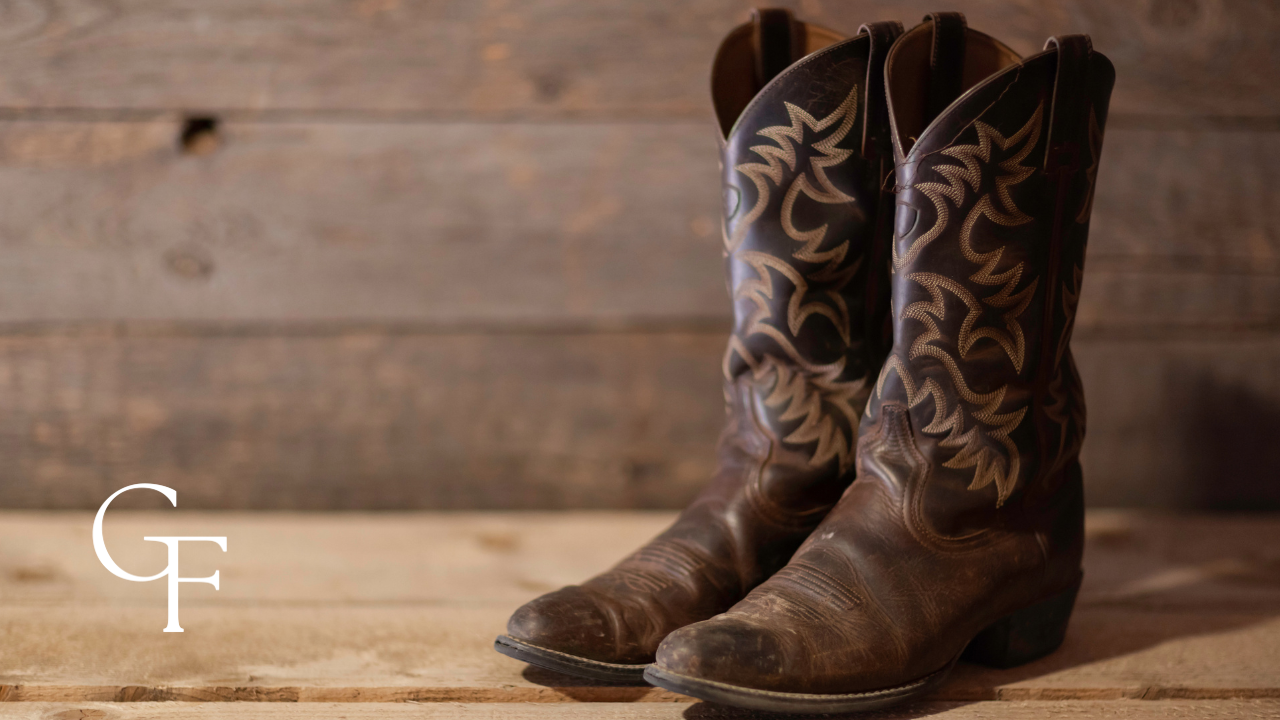
Yes, cowboy boots are still very much in style for some people. As a good old boy from Georgia, I can fondly remember my first pair of boots, which were square-toe boots and featured a traditional Western style. I definitely understand their appeal.
In my opinion, Thursday Boot Company is a great choice for Western boots. If you’re not satisfied with their current offerings, I encourage you to wait a few months. They often expand their catalog and will likely have even more options available soon.
You can choose that option or venture off the beaten path to Boot Barn or even a "mom-and-pop" shop for something a little more unique. The choice is yours.
Do You (Really) Need Fall & Winter Boots?
The answer to this question lies somewhere between "maybe" and "it depends." While I believe that every gentleman should invest in at least one pair of casual or dress boots, depending on his lifestyle and work dress code, I wouldn't claim that a young man working at an ultra-casual firm in Los Angeles necessarily needs a pair of boots.
Ultimately, it depends on your geographical location and how committed you are to building a versatile wardrobe that emphasizes classic and timeless style. While winter boots can be beneficial during the colder months, they may not be essential for everyone.
Conclusion
All of the options on this list are just that—options. I do not pledge allegiance to any specific brand or type of boot. The only allegiance I hold is to the God of the universe, who loves us so much that He came to earth in the form of Jesus Christ. He experienced our suffering, faced temptations just as we do, and willingly sacrificed His life as a ransom for humanity.
Pretty heavy stuff, right? Let this serve as a reminder that this website focuses on presenting a variety of topics about personal and professional development, style, and fitness advice, all viewed through a biblical lens. Thank you if you’ve made it to the end of this extensive guide to men’s boots.
Remember, the God of our universe loves you and desires to be close to you, whether you are pondering adding a pair of boots to your wardrobe or navigating a tumultuous phase in your personal life. You are loved beyond measure by a God who knew you before your heart first beat in your mother's womb. I hope this knowledge comforts you as it has done so for me.

